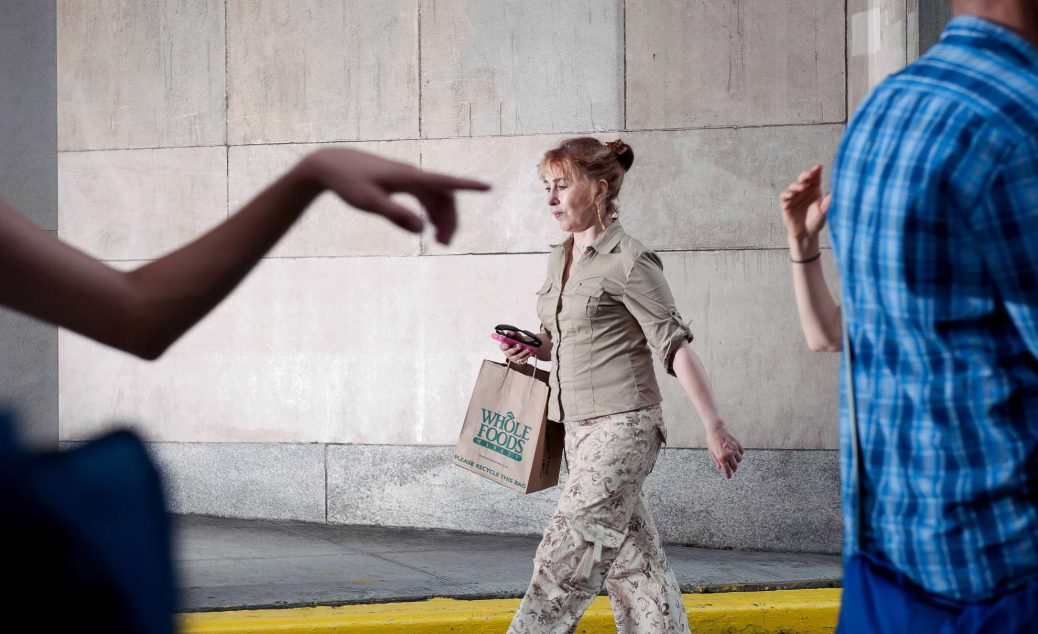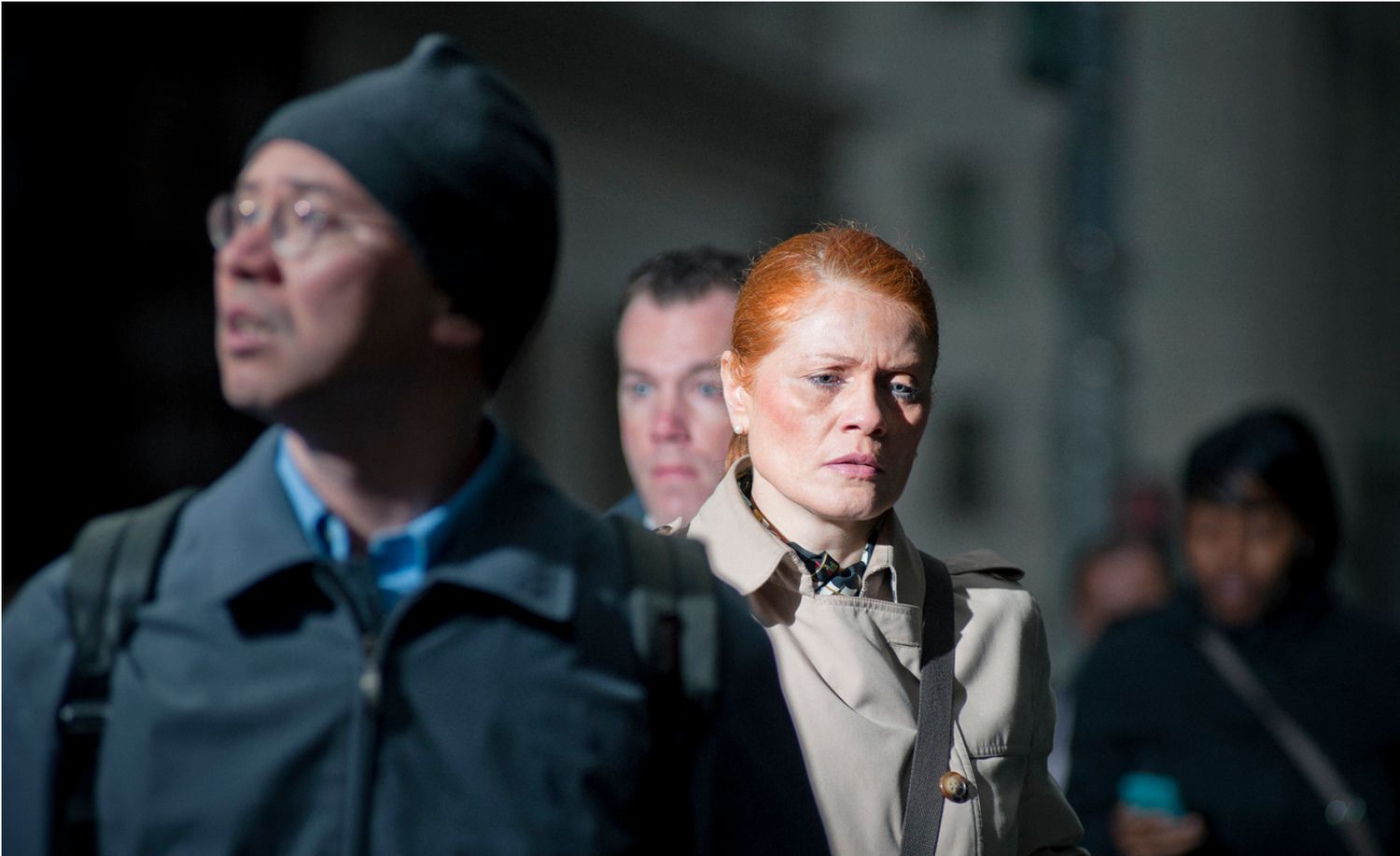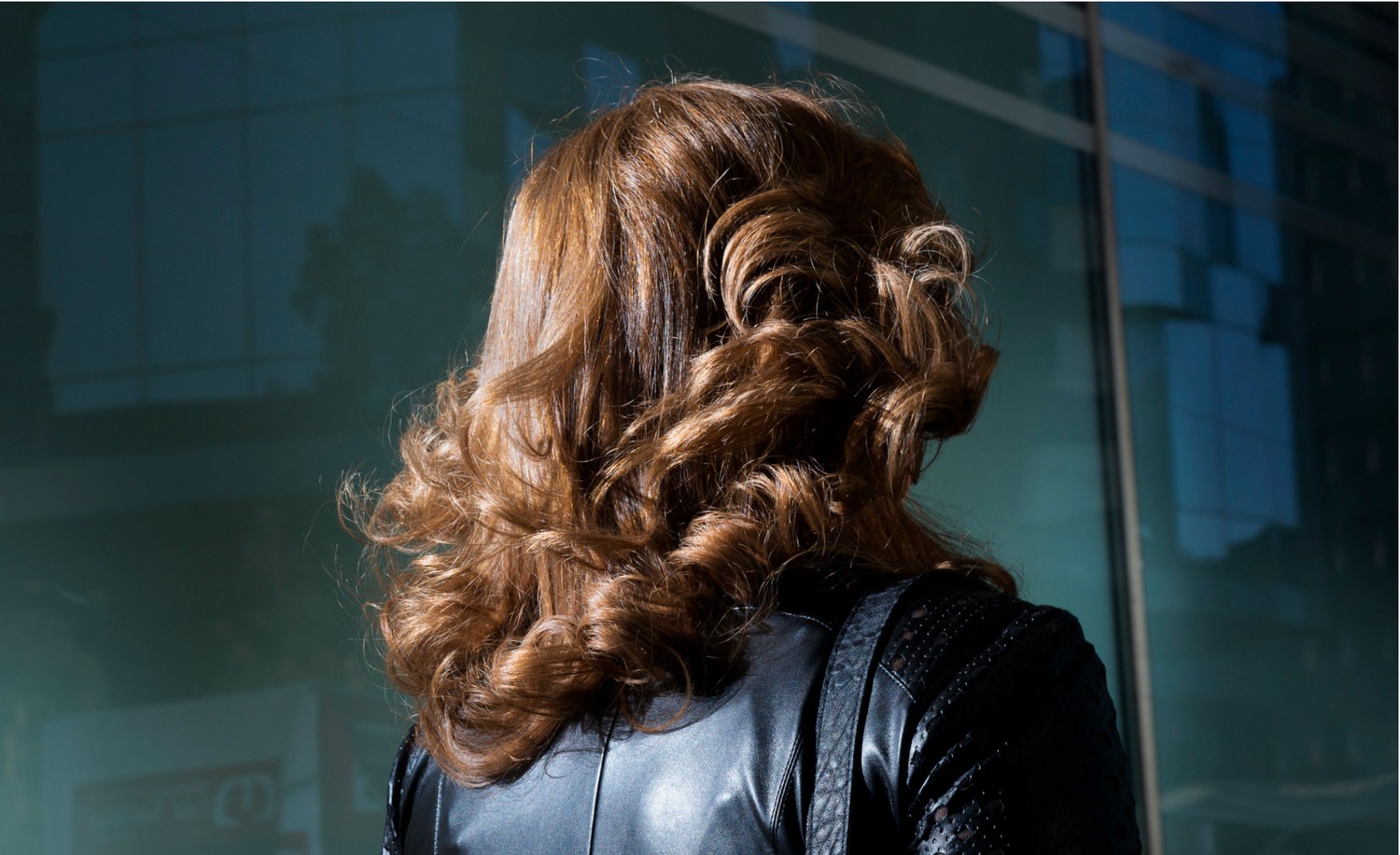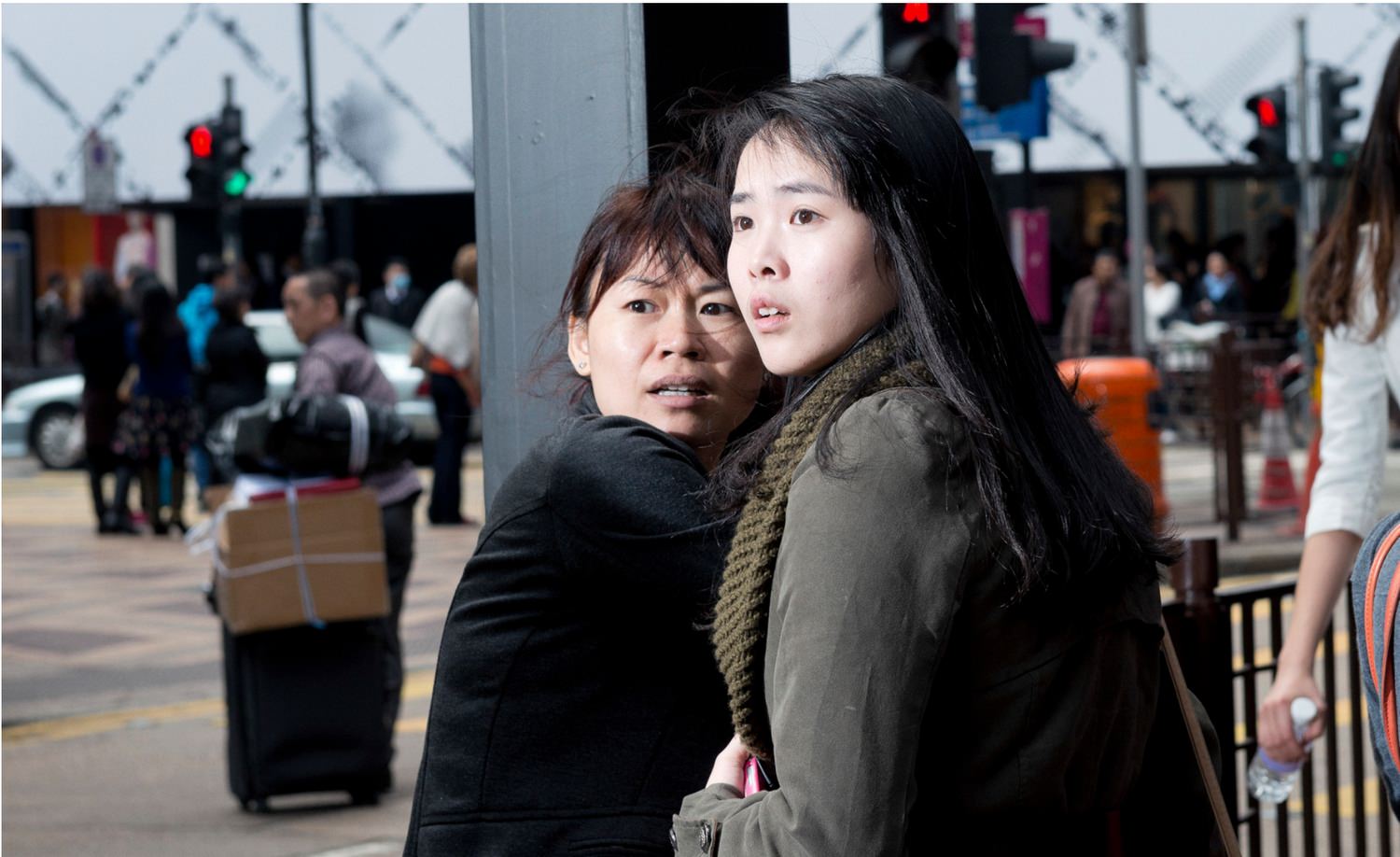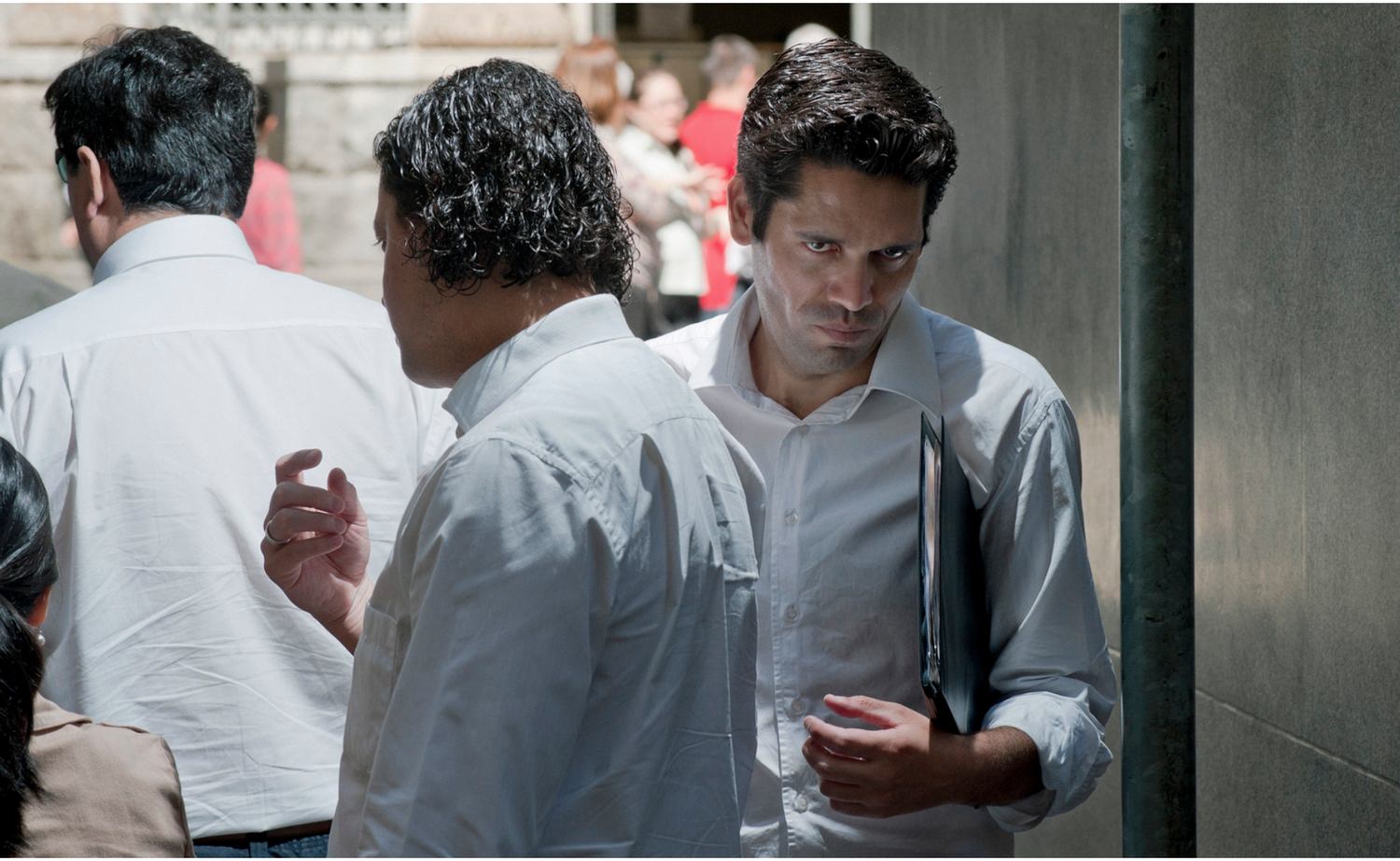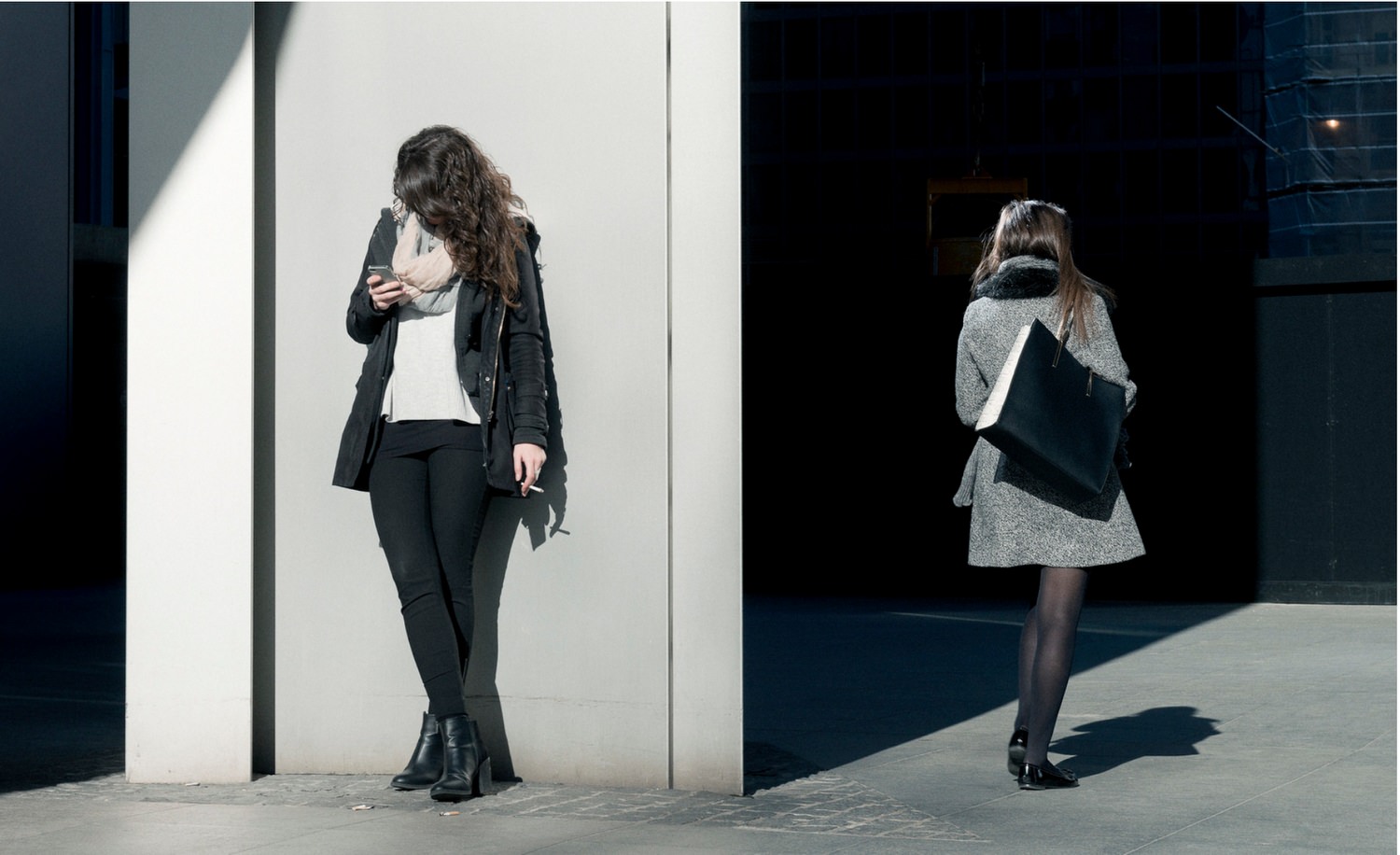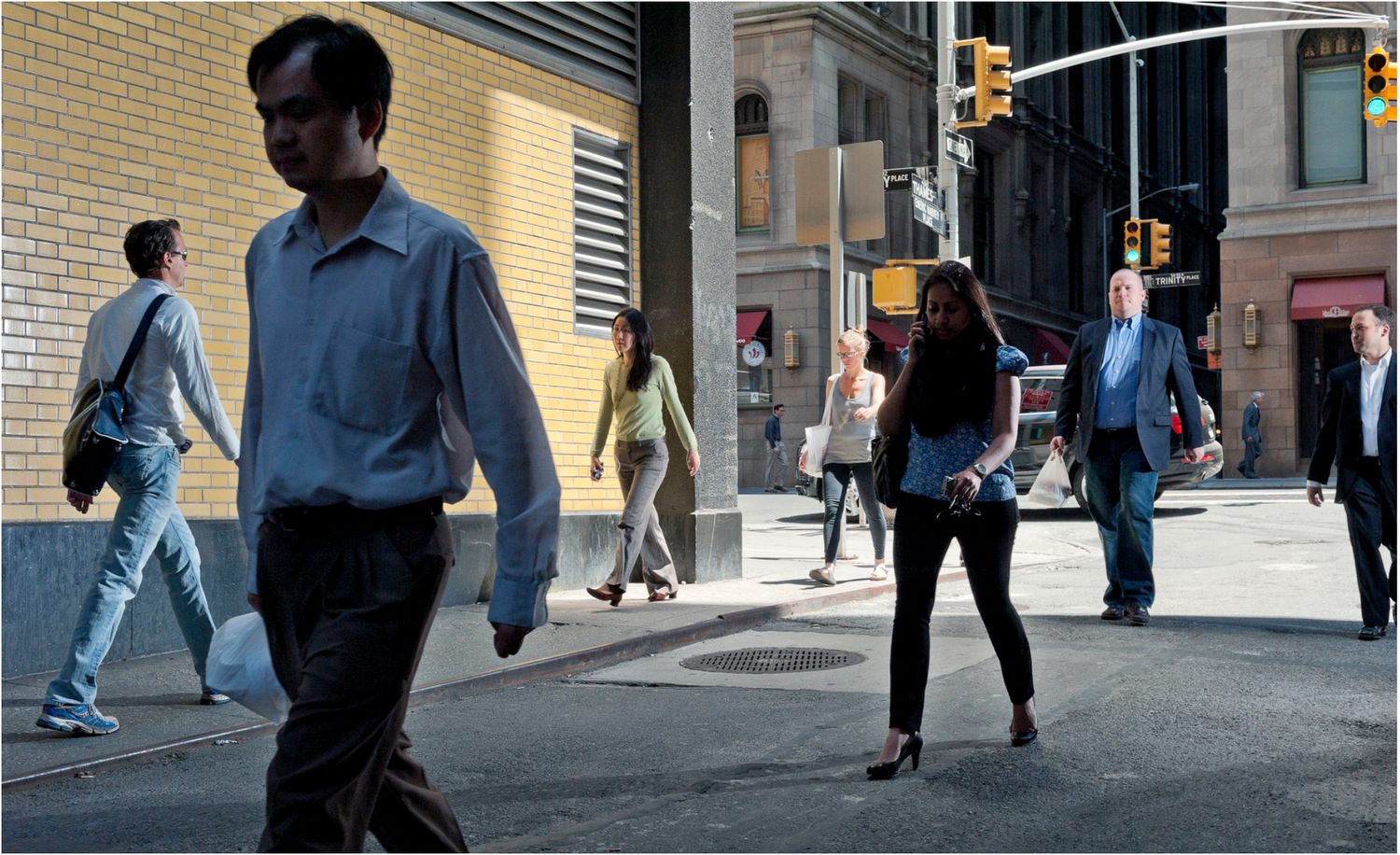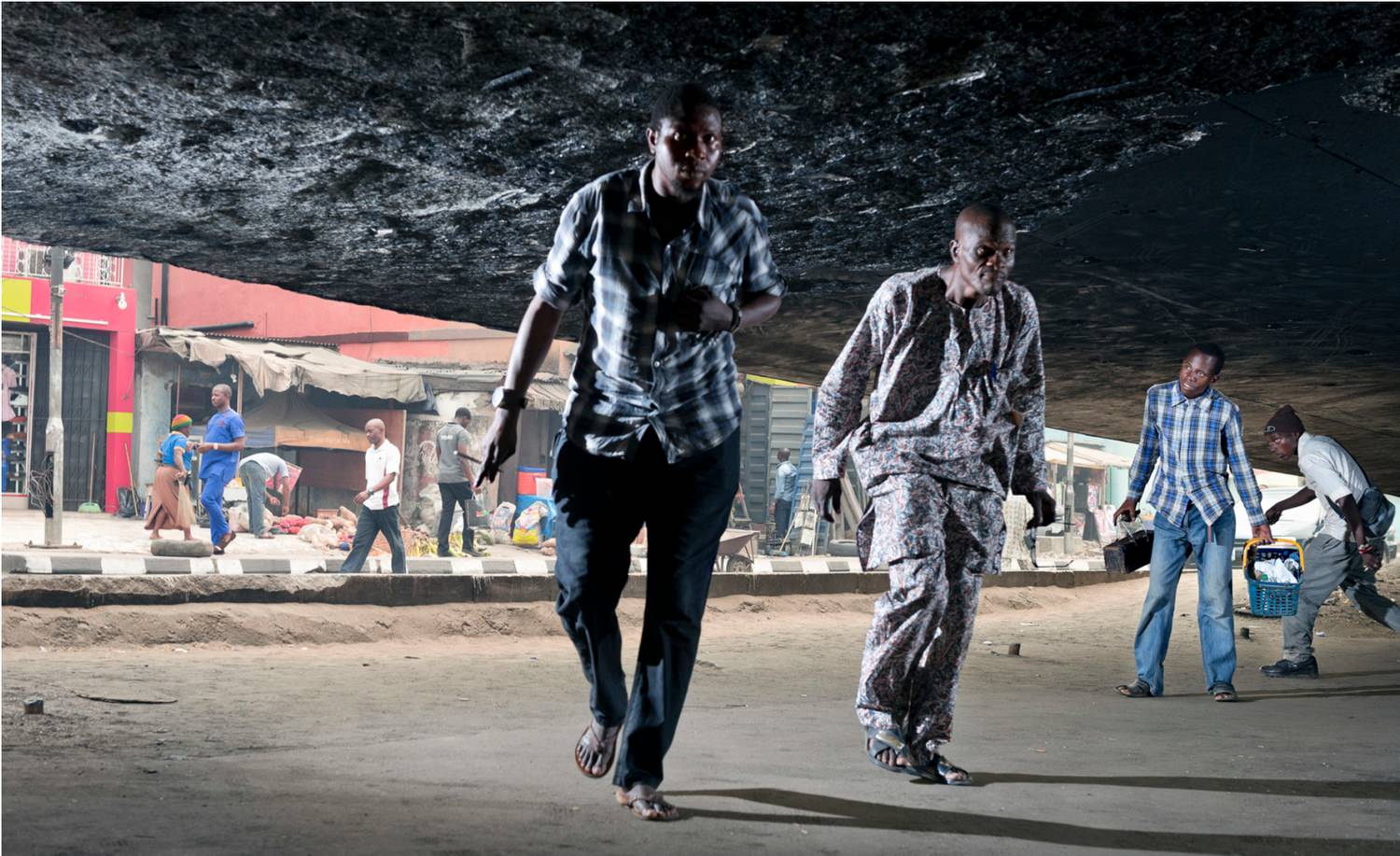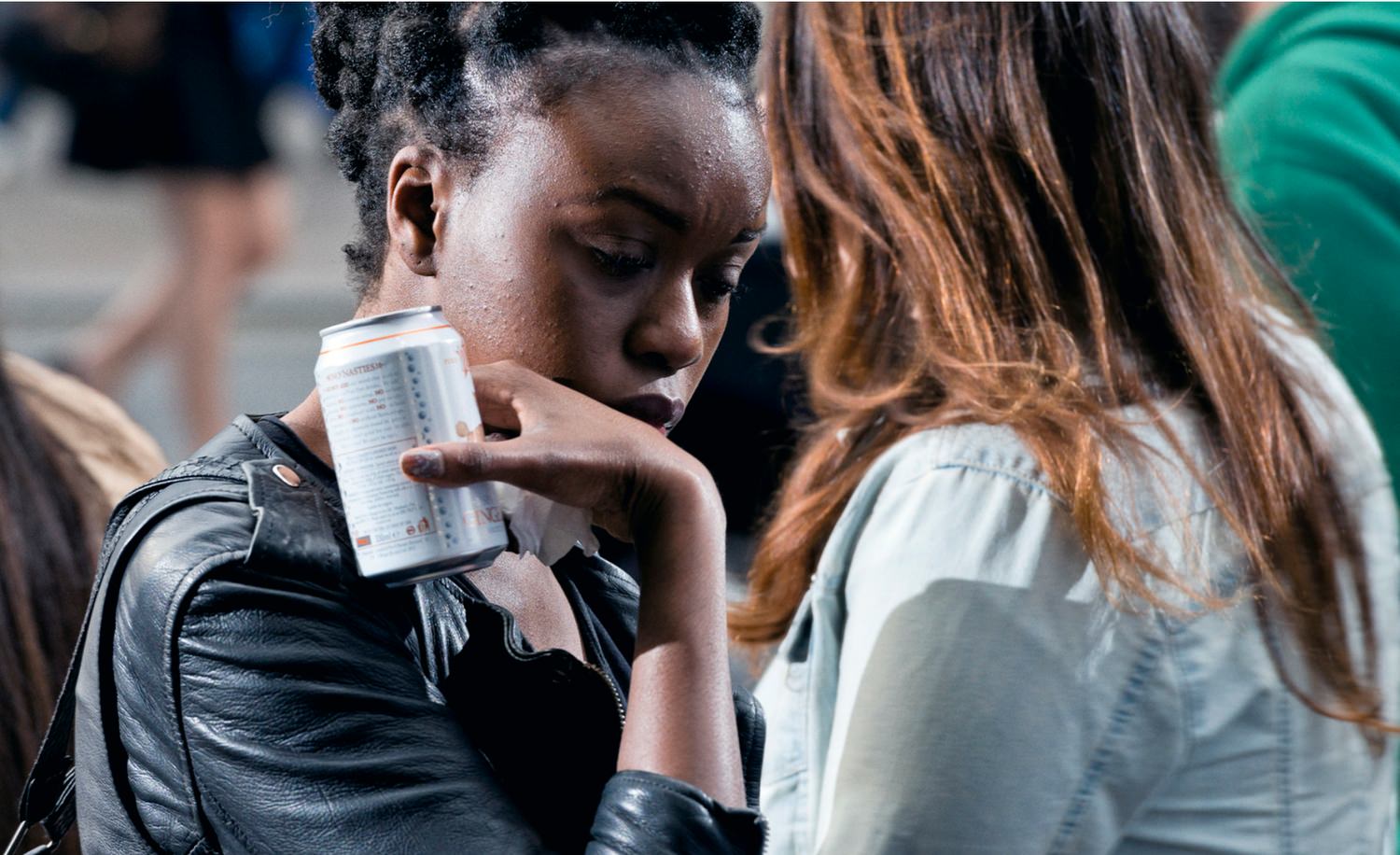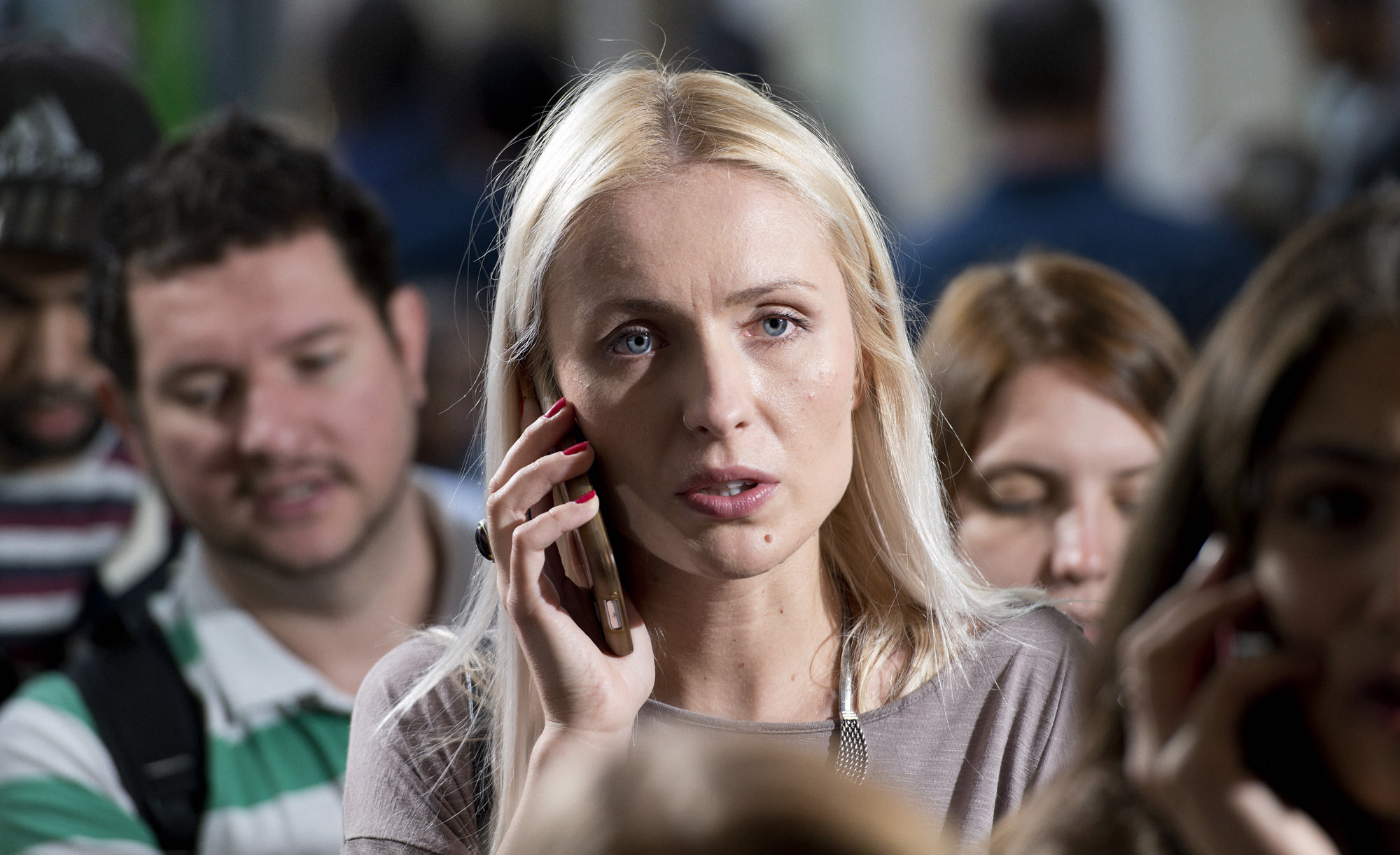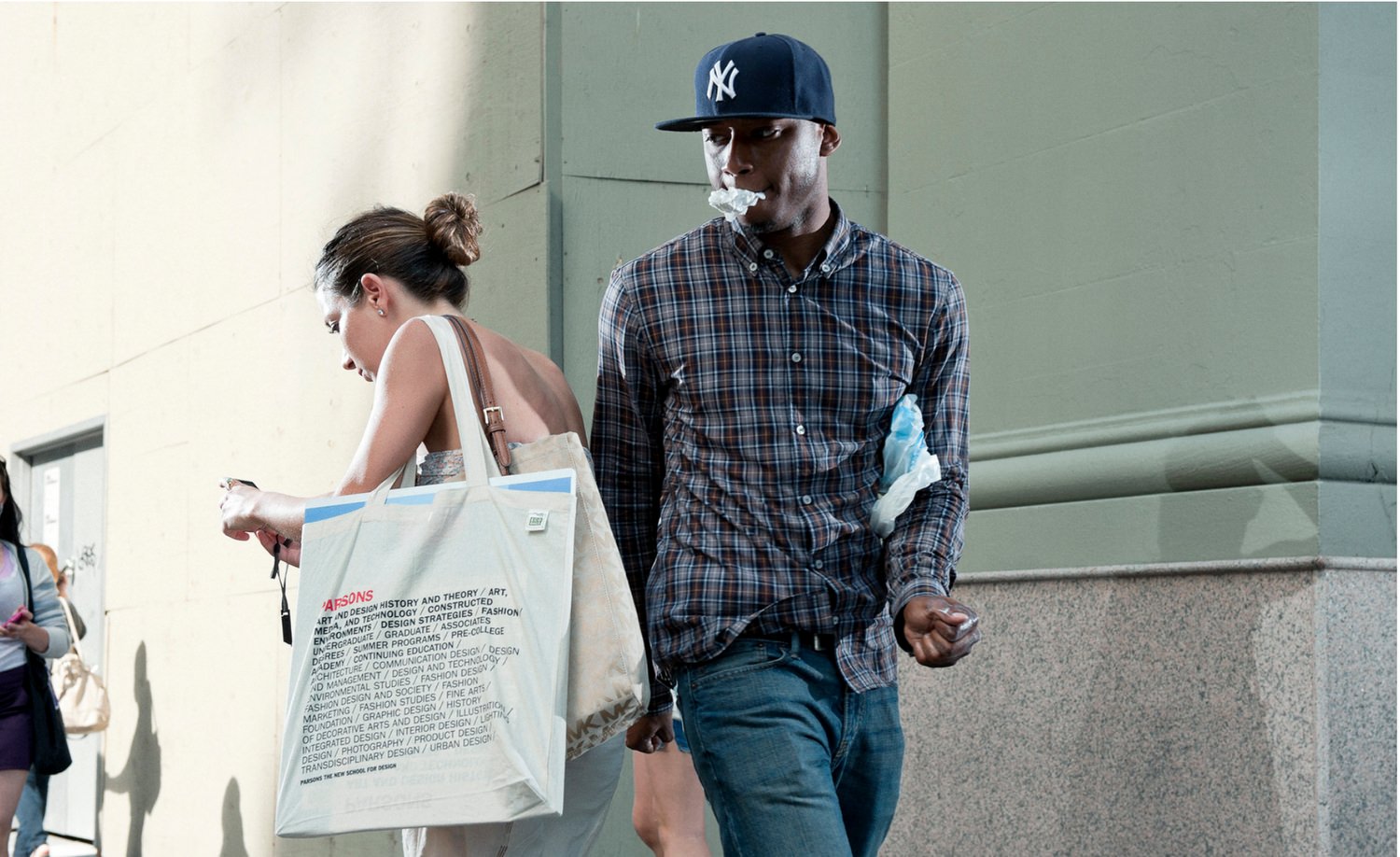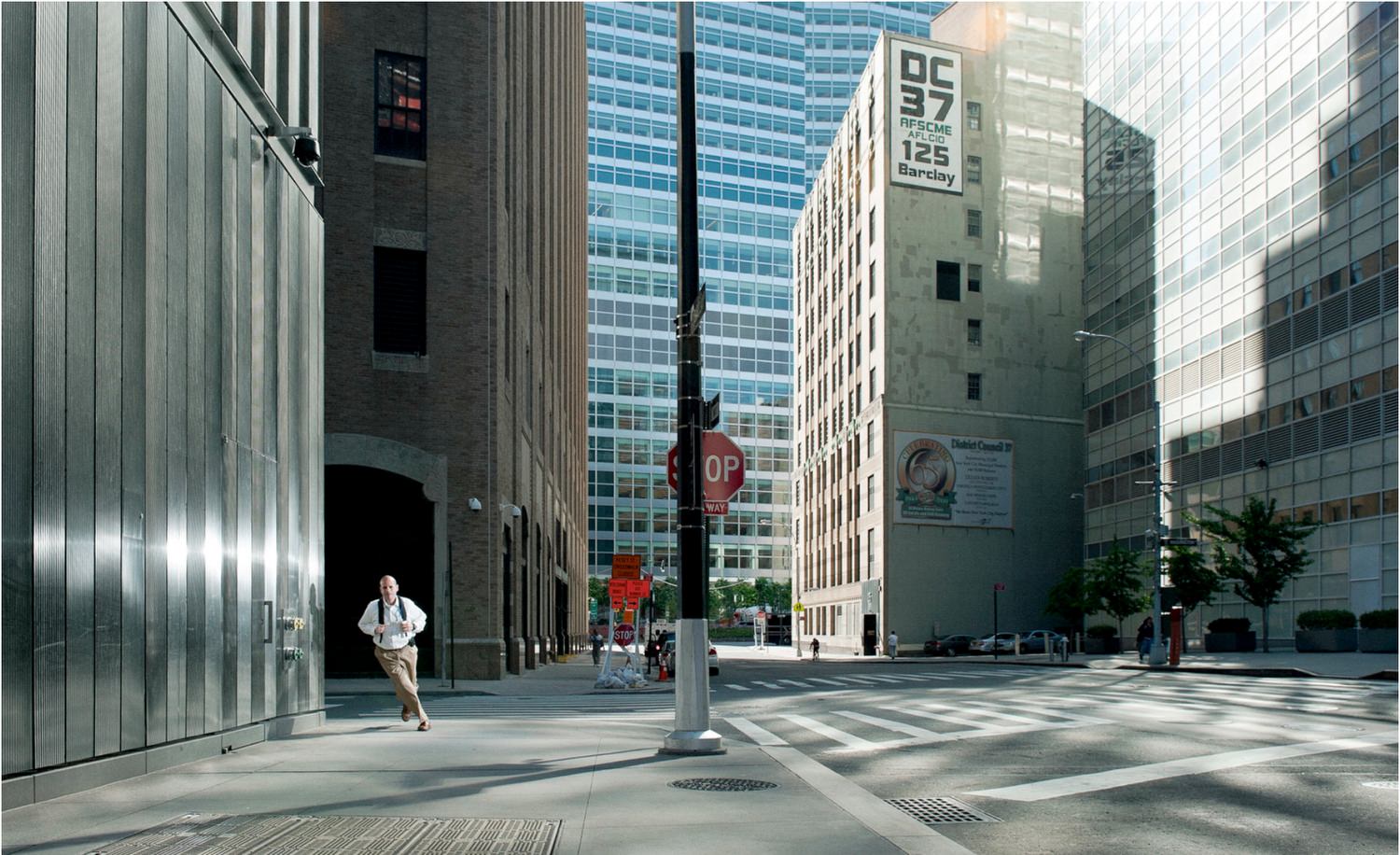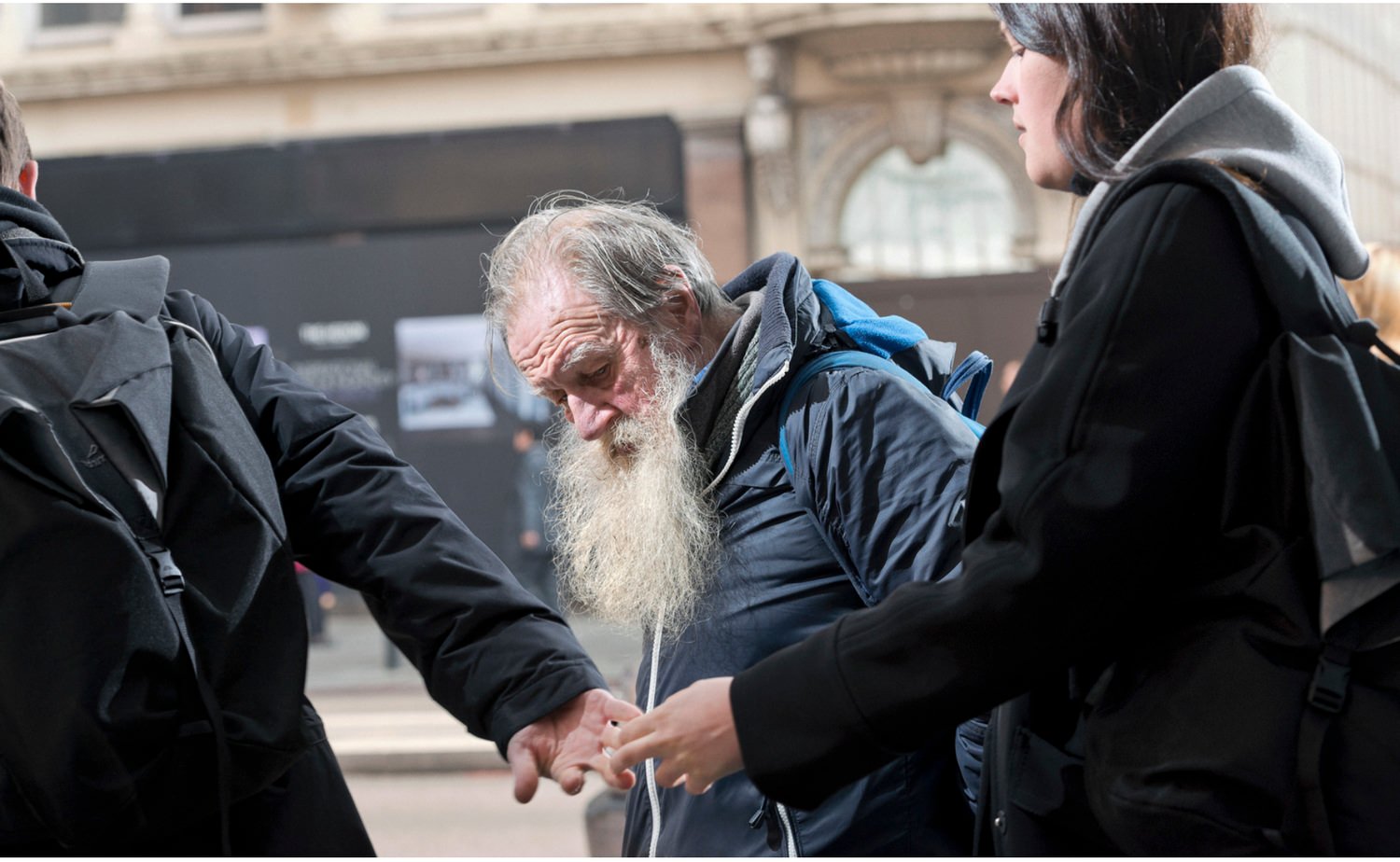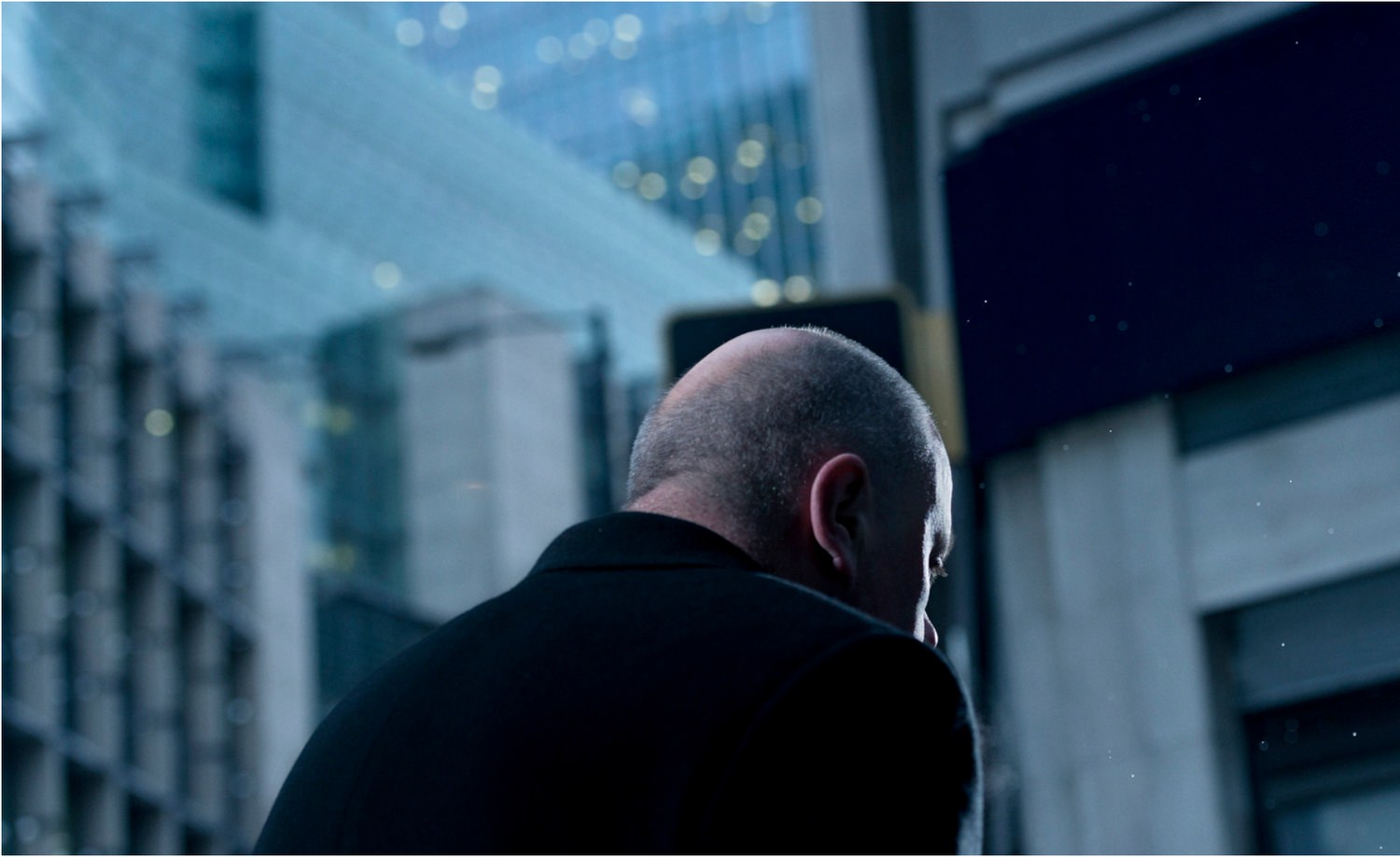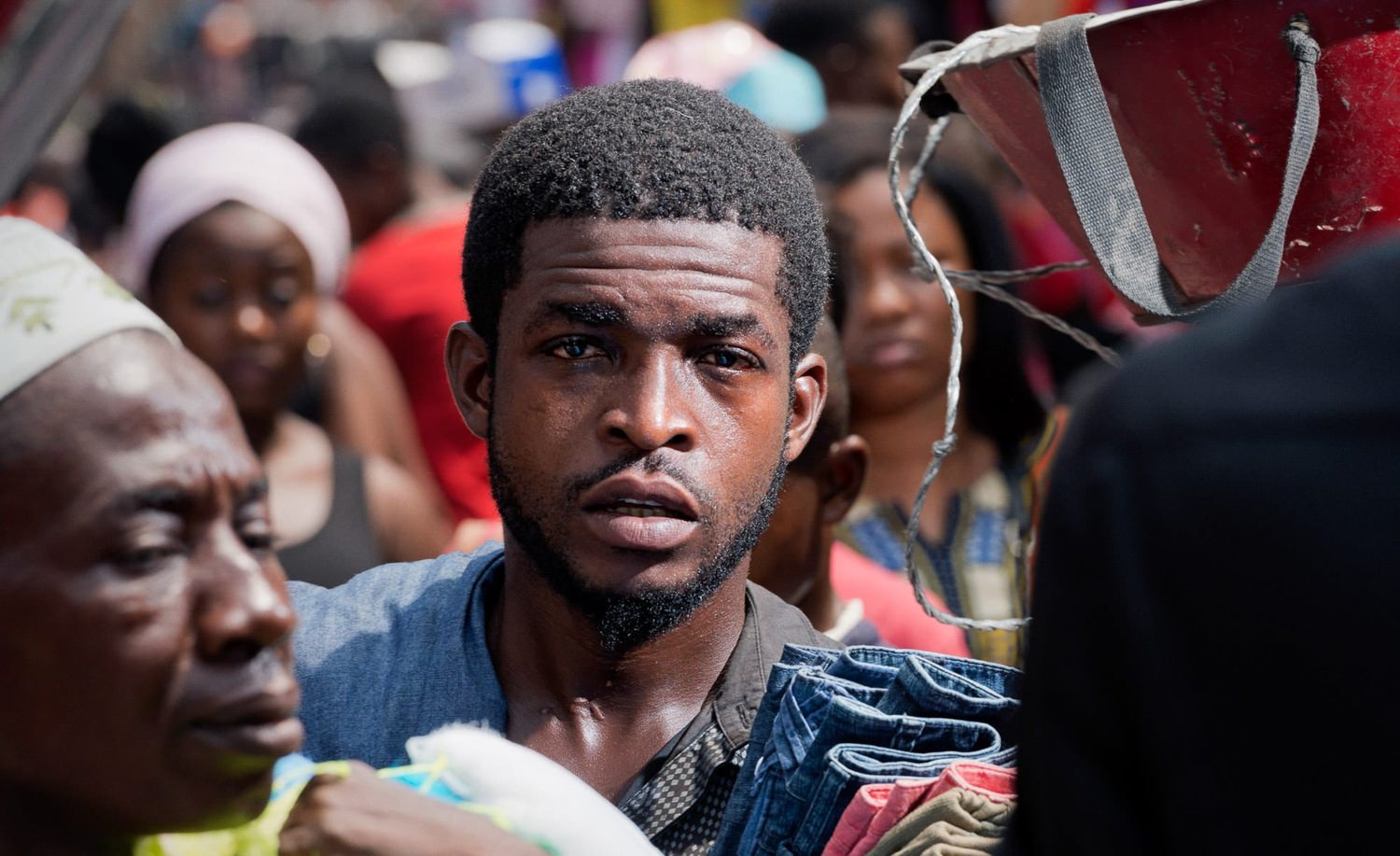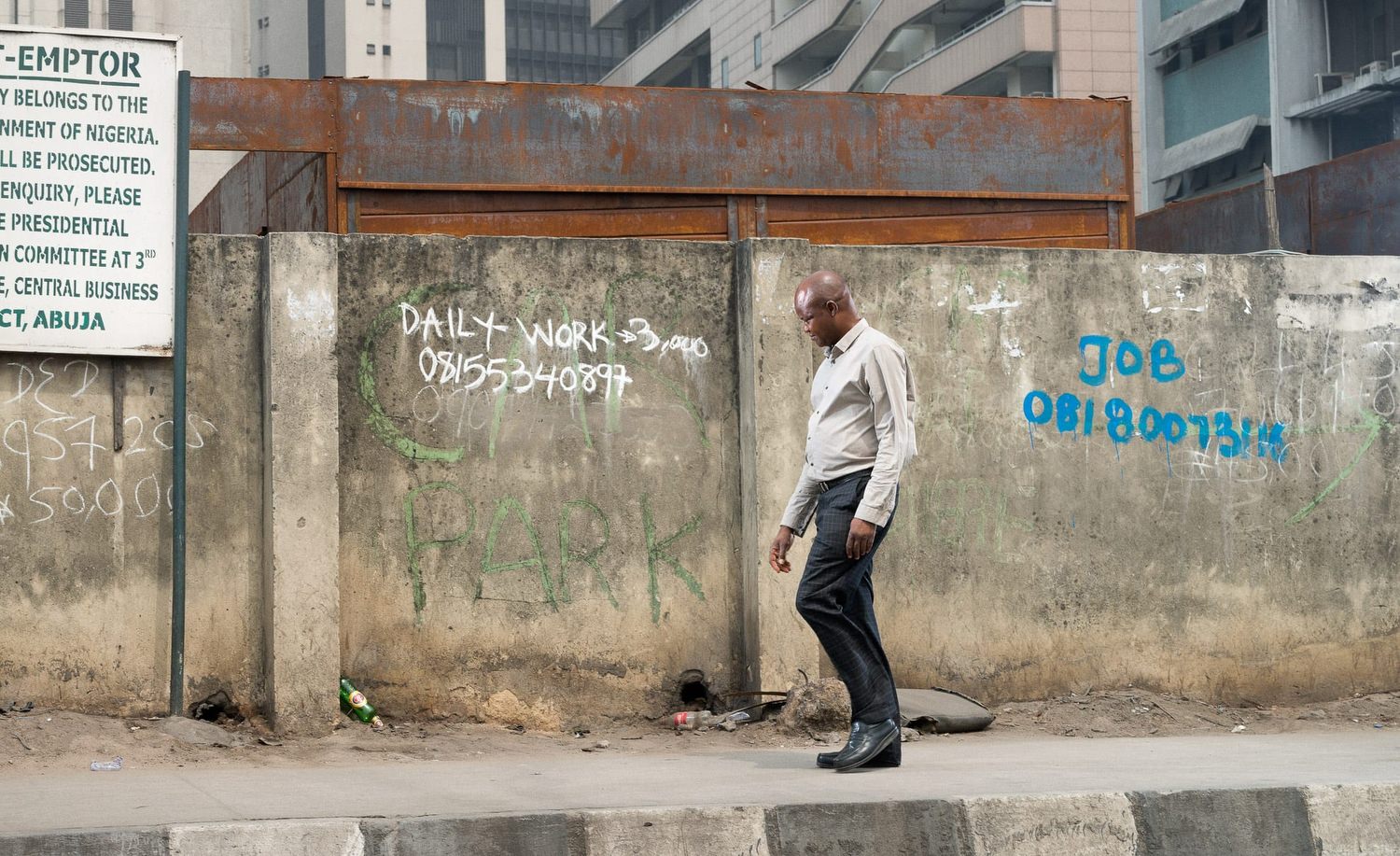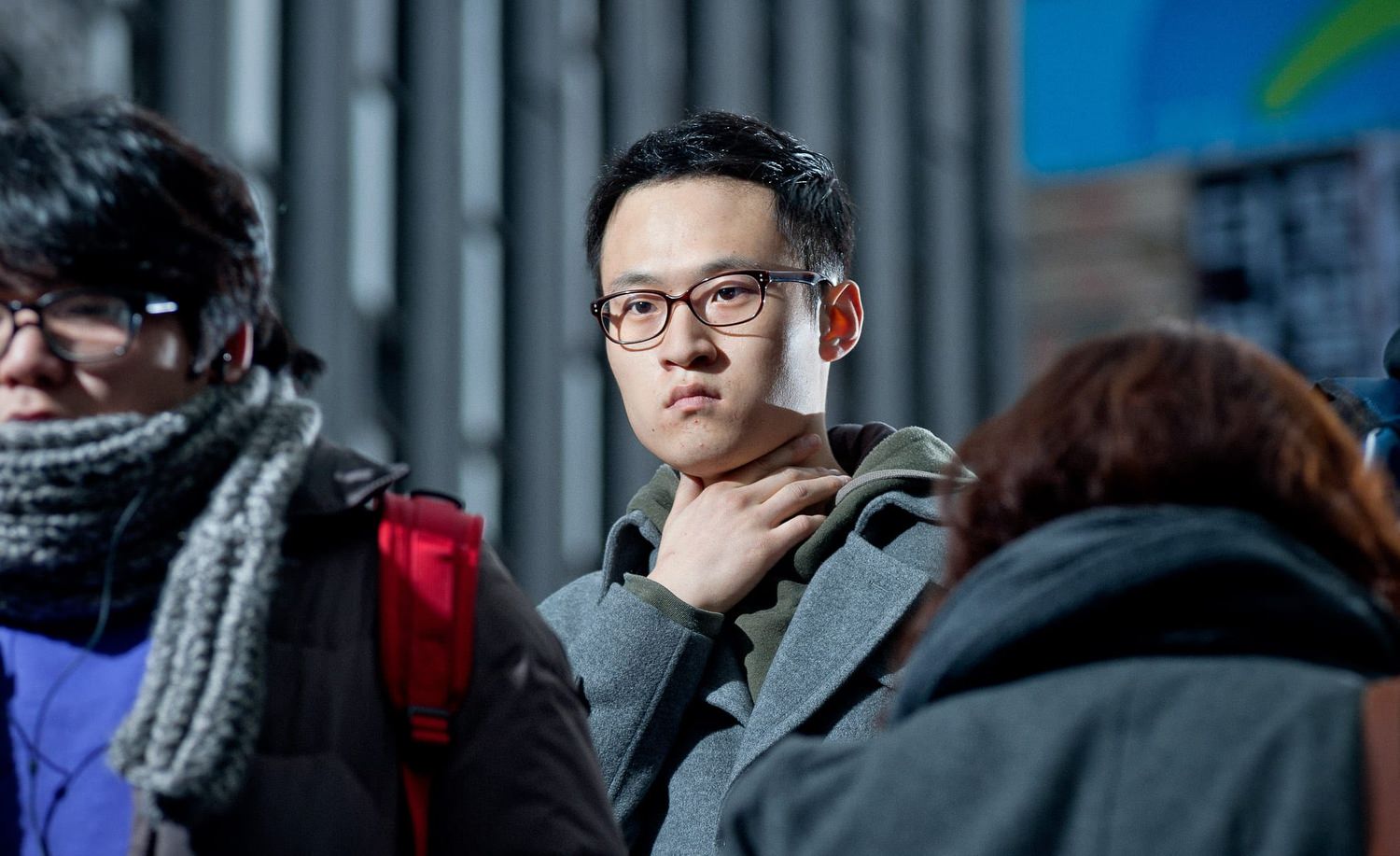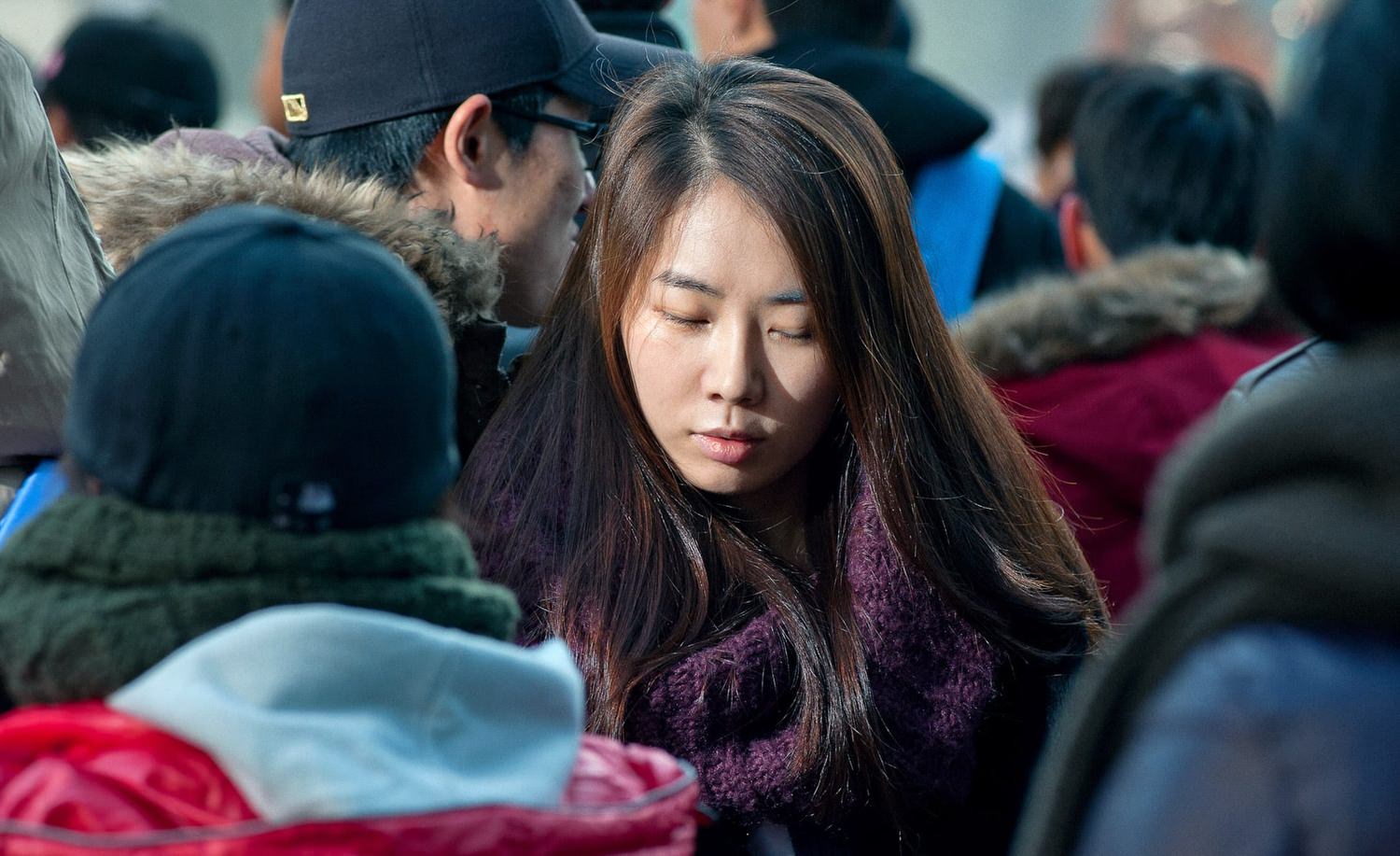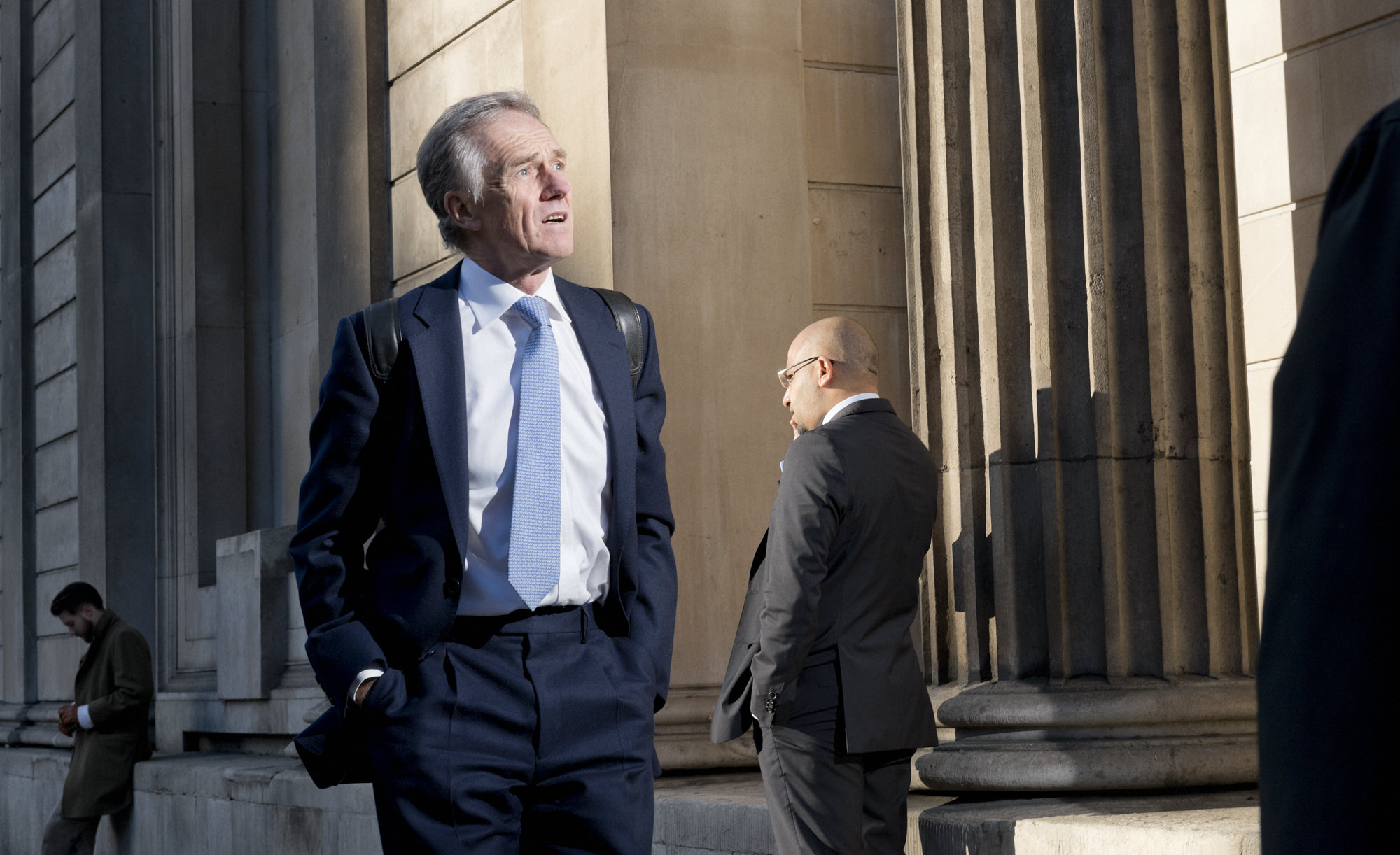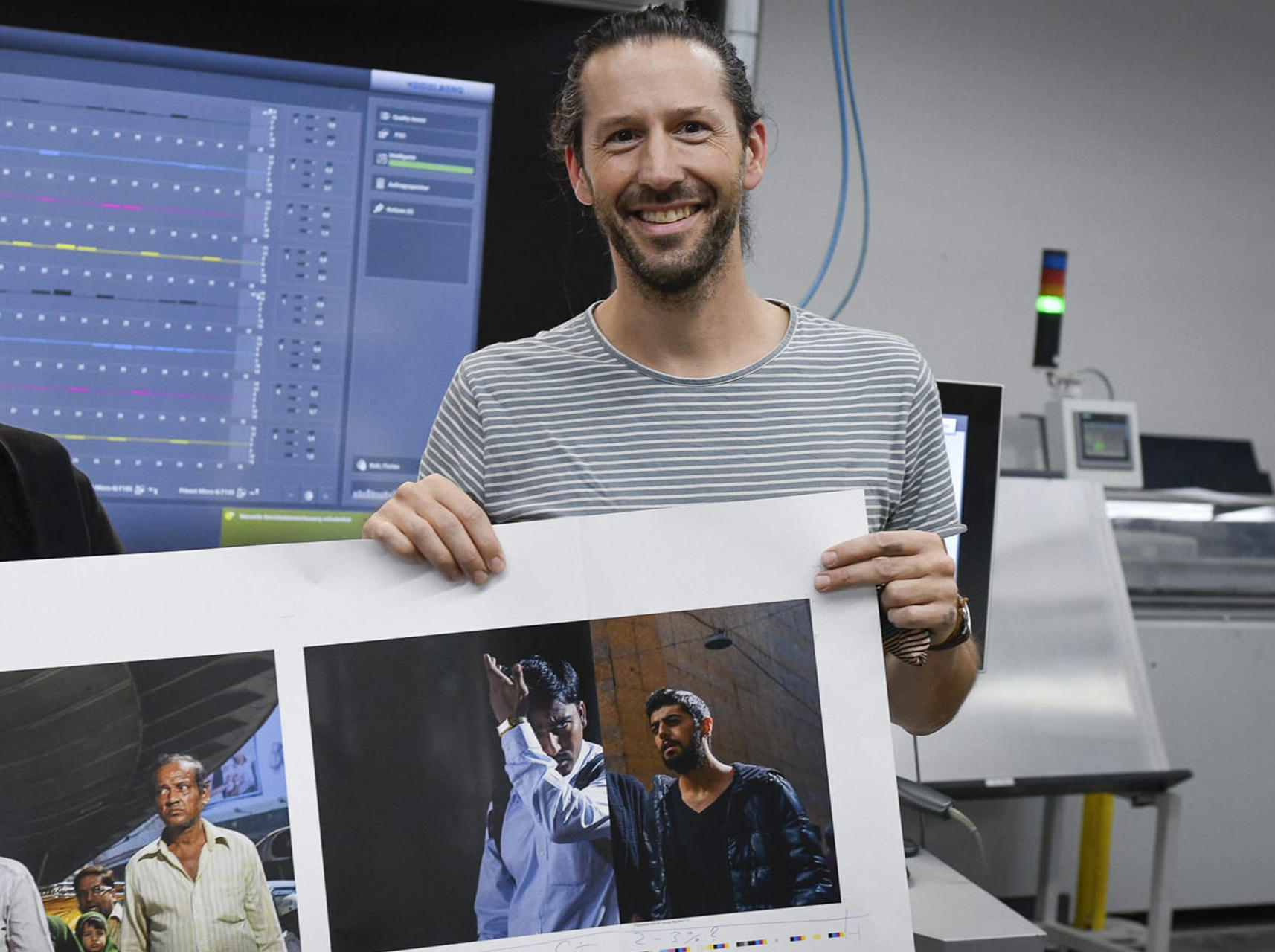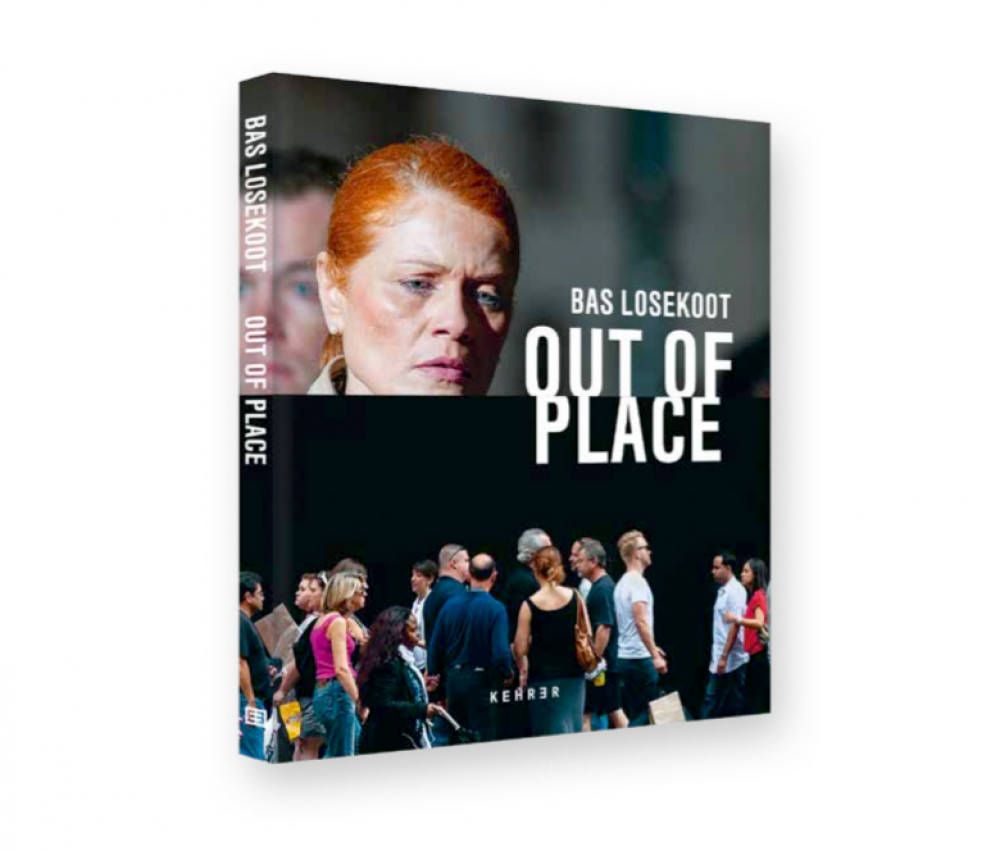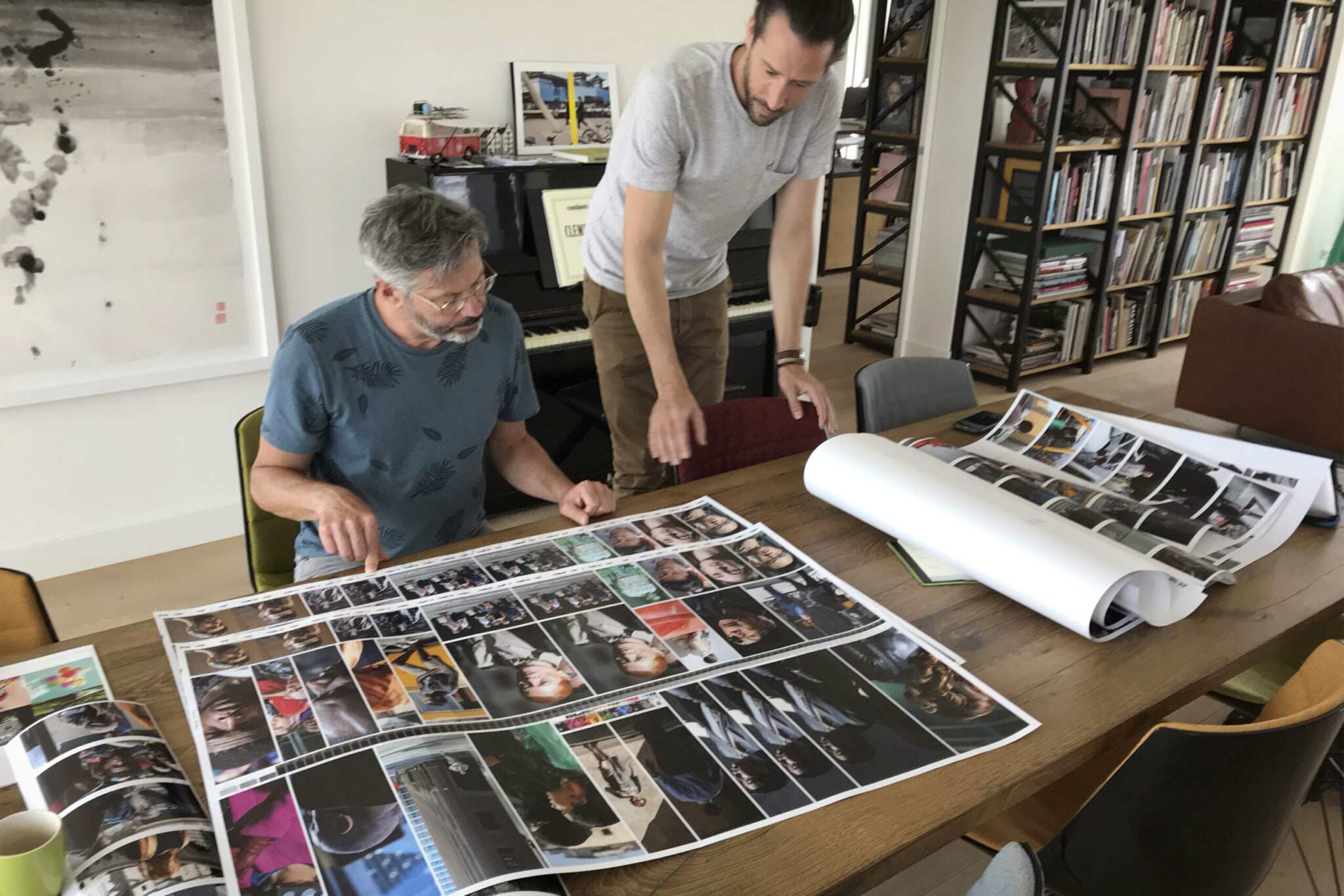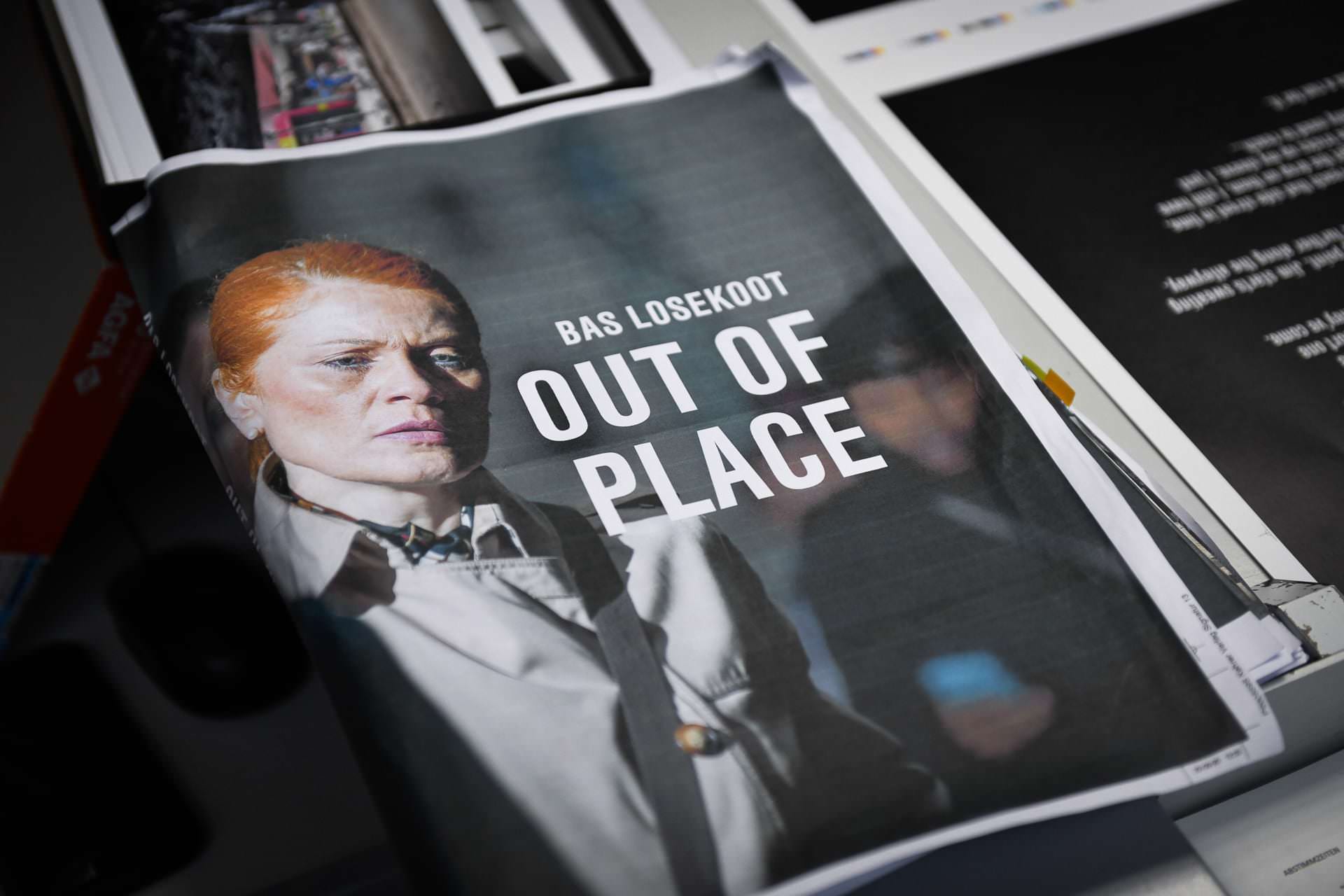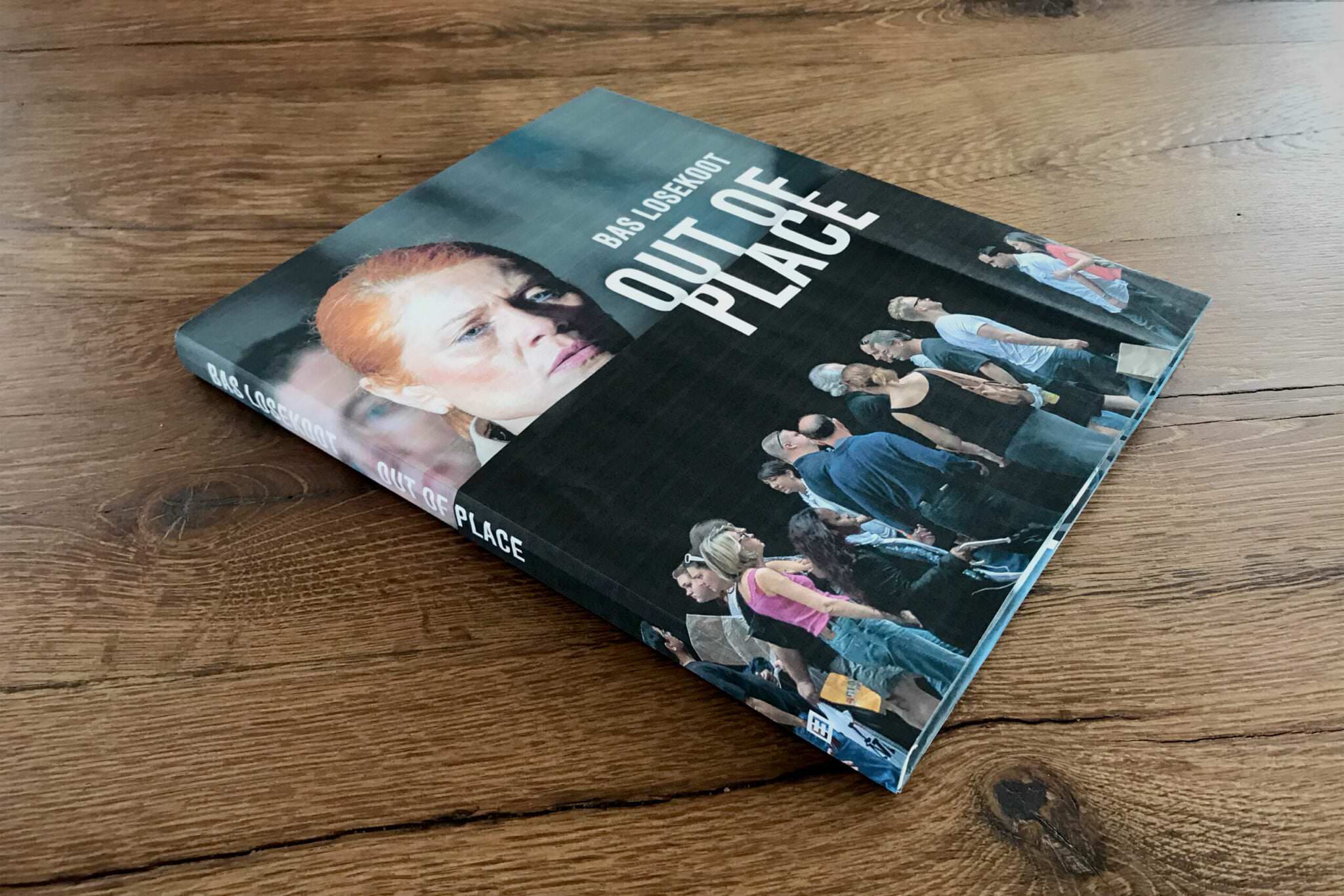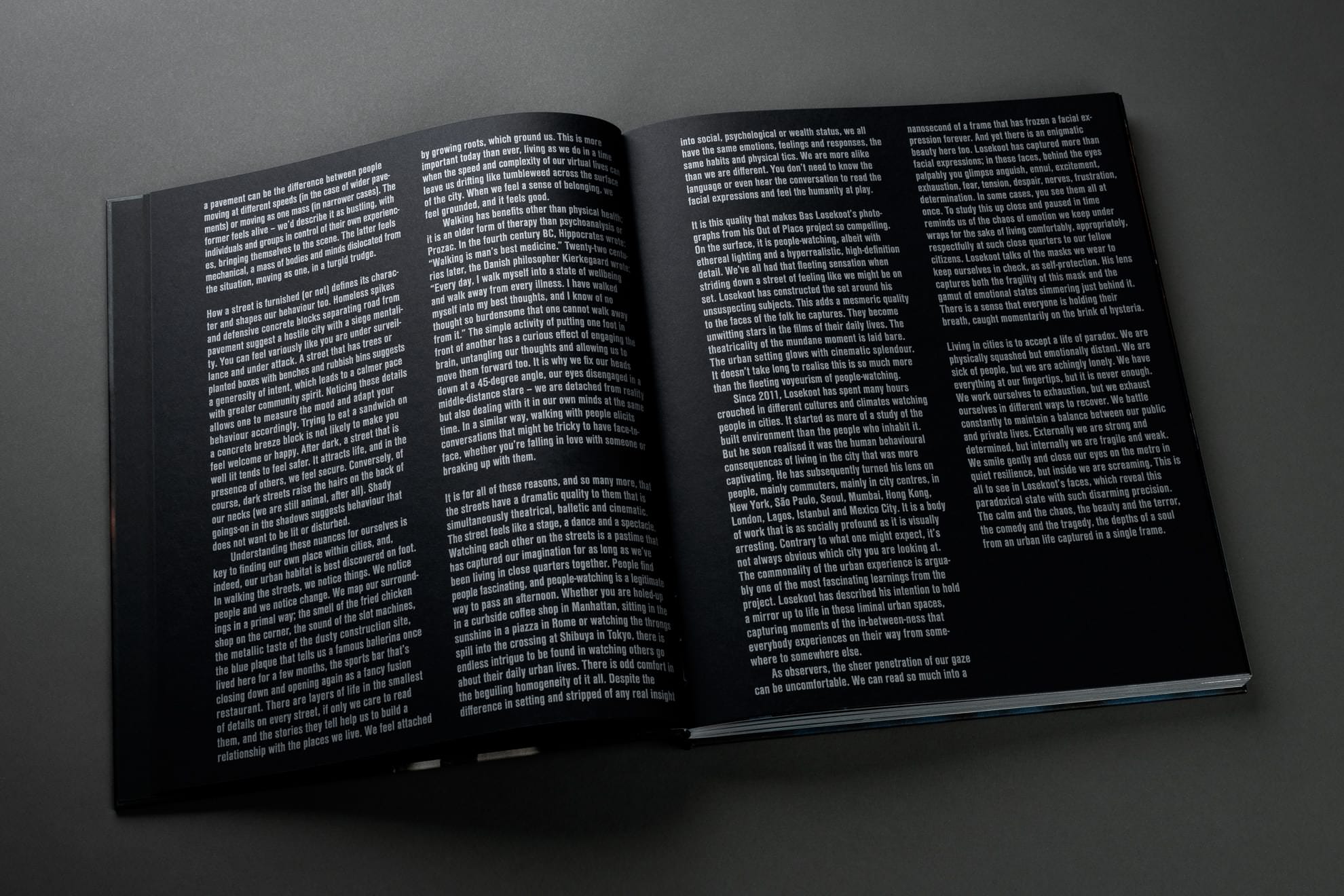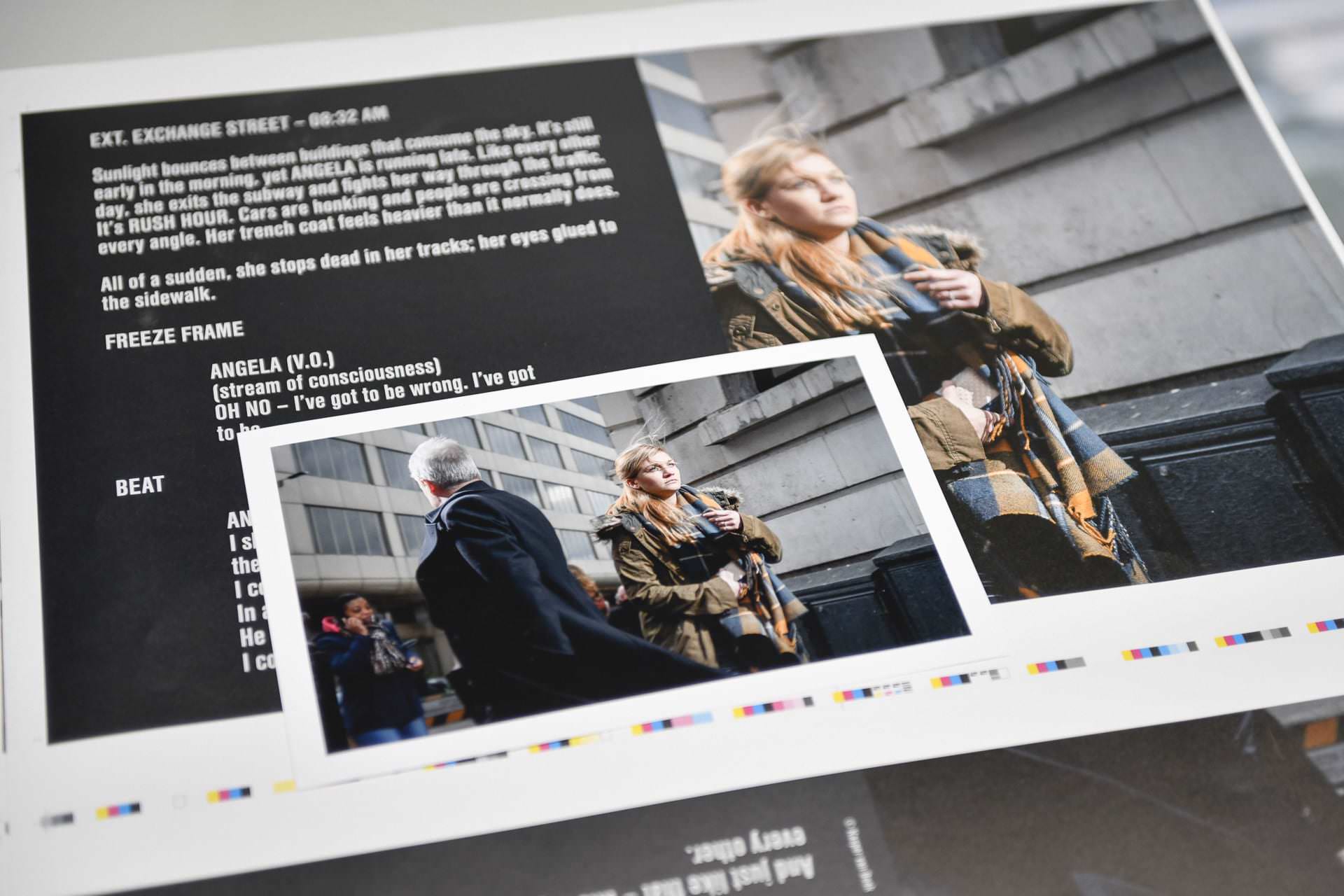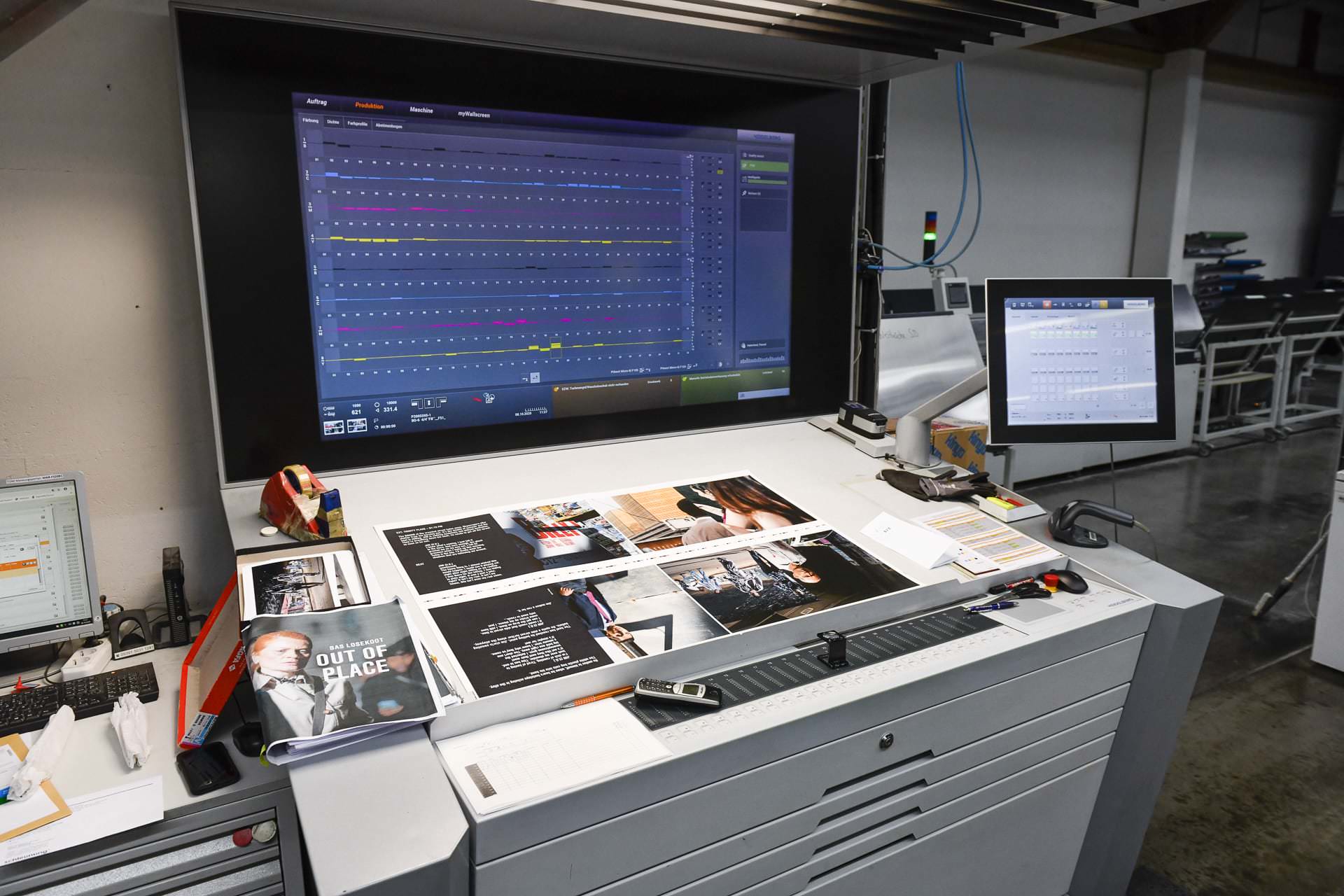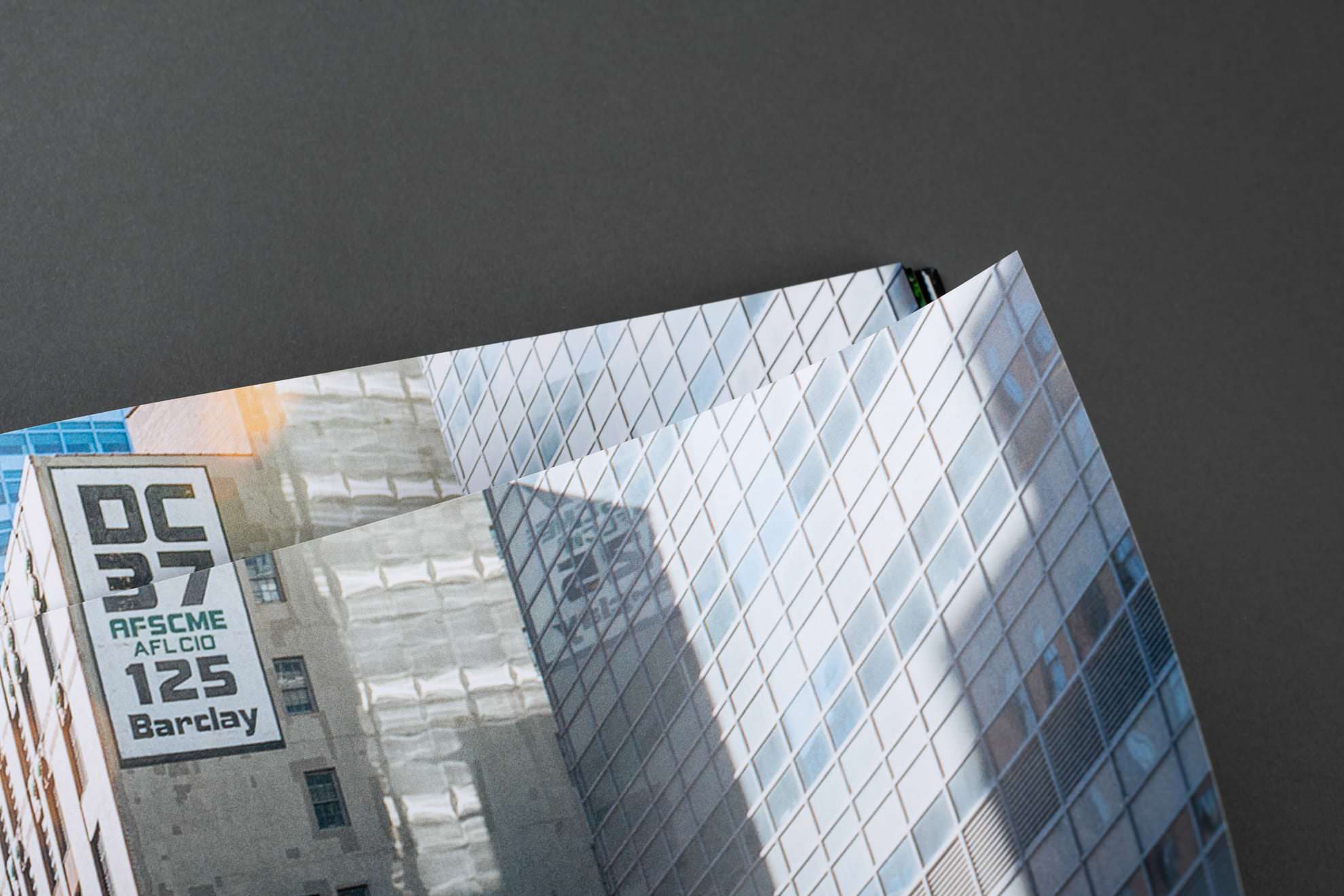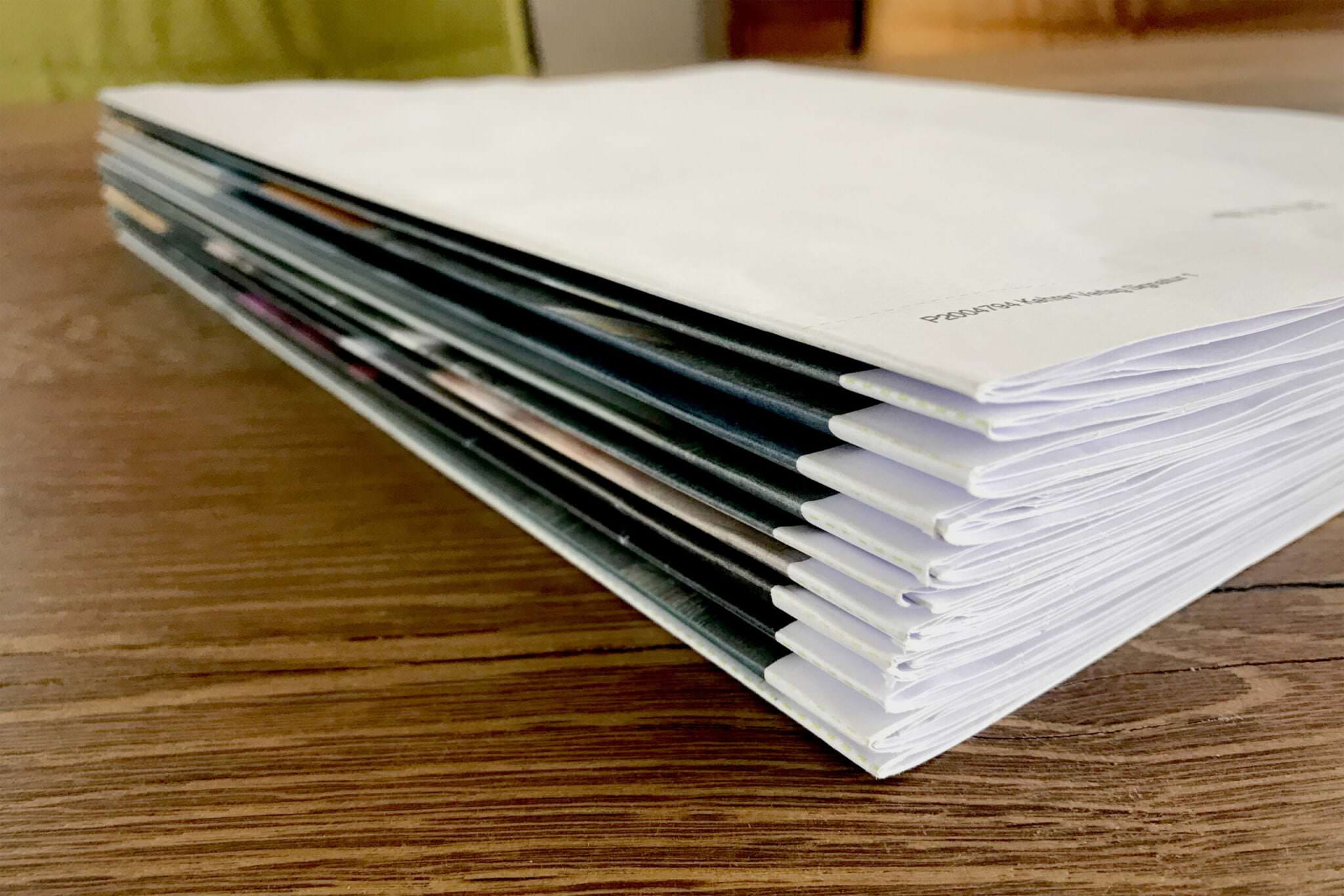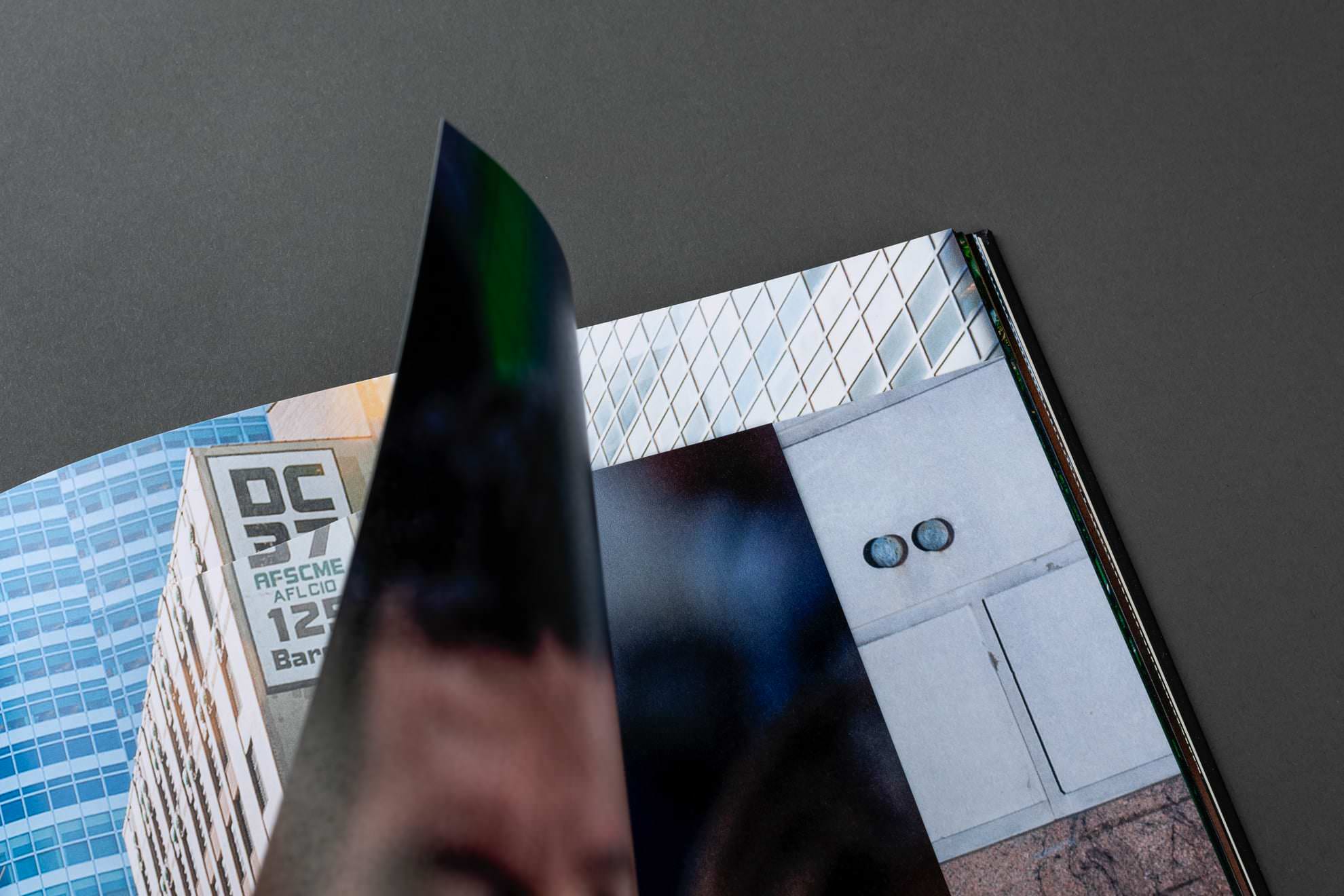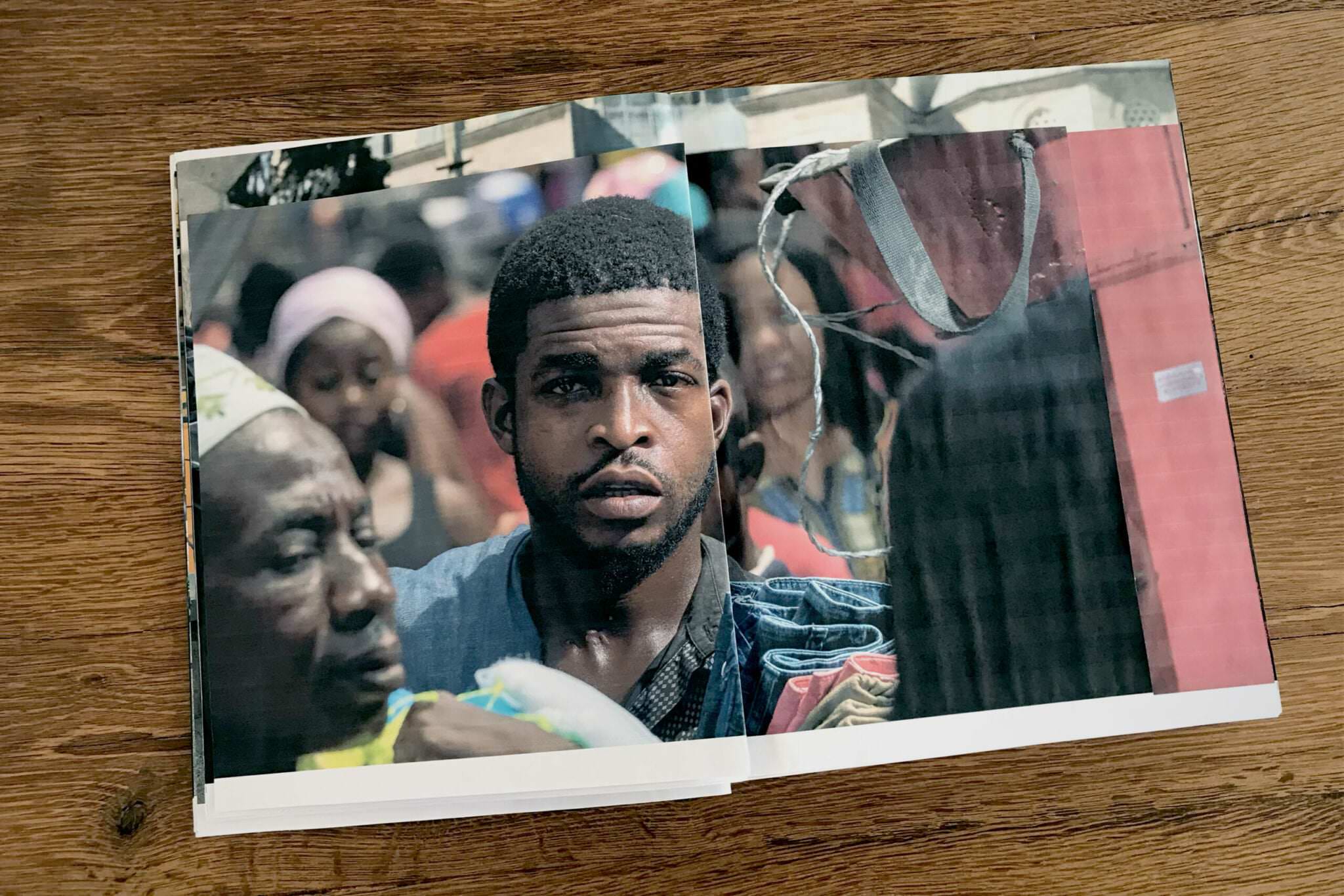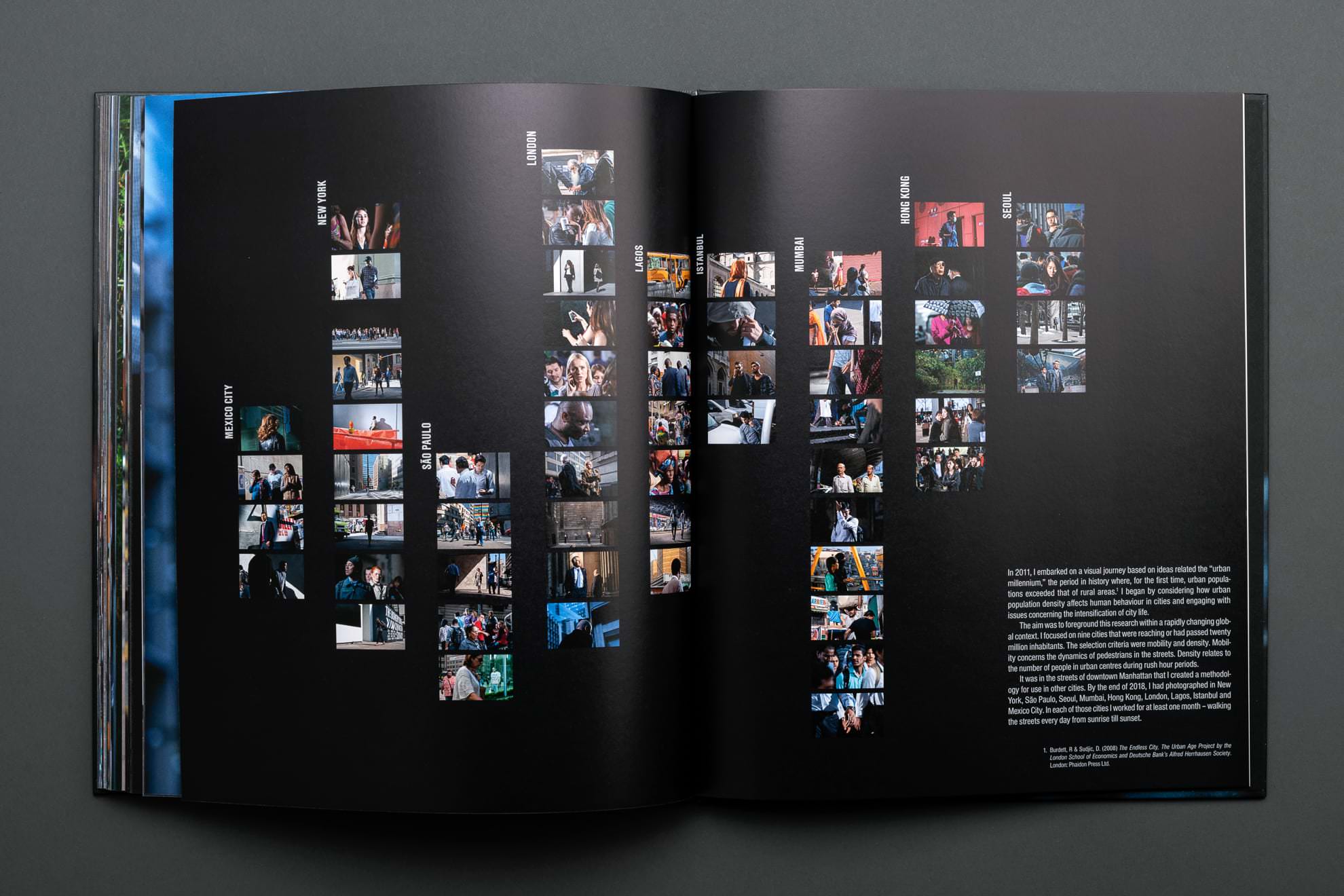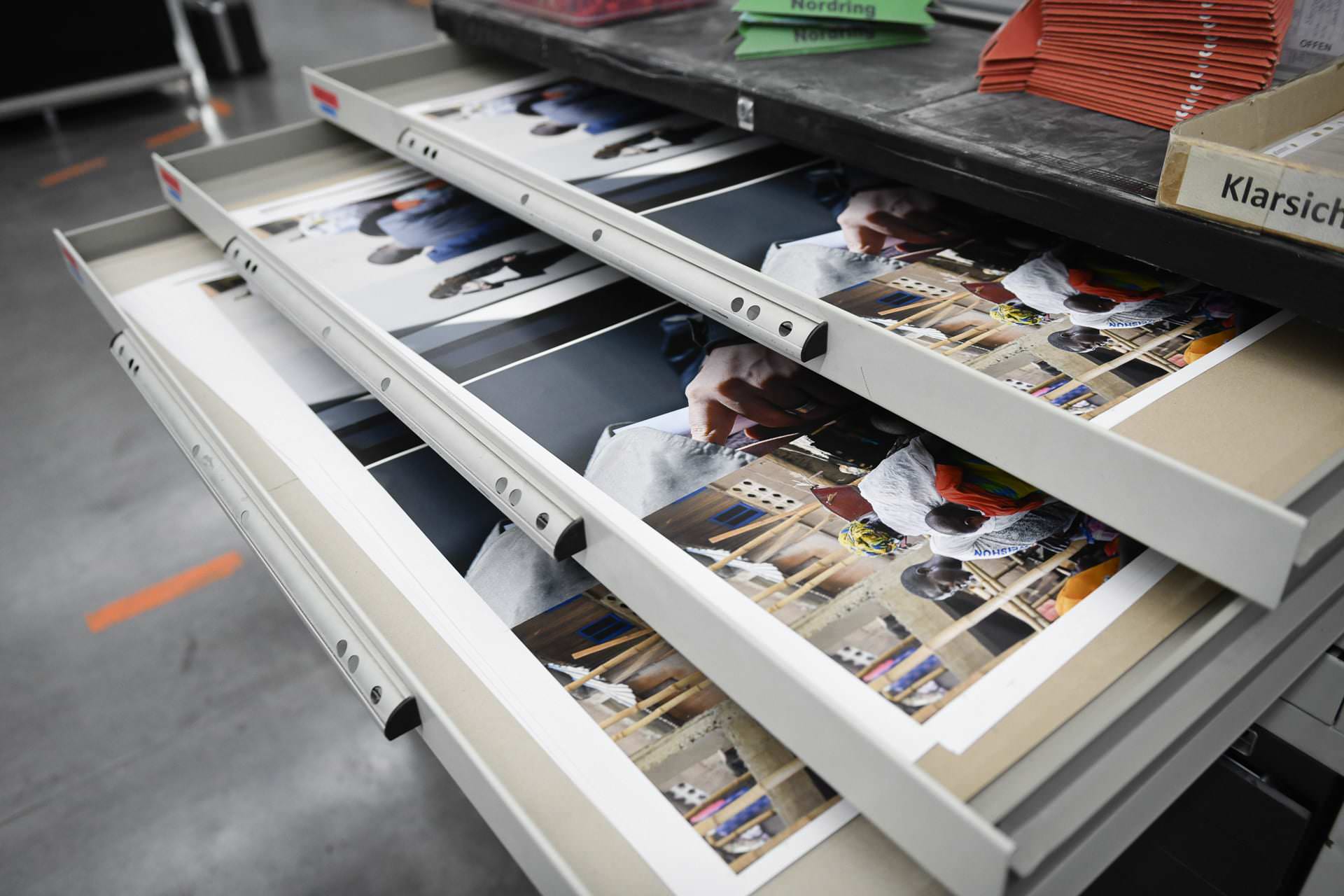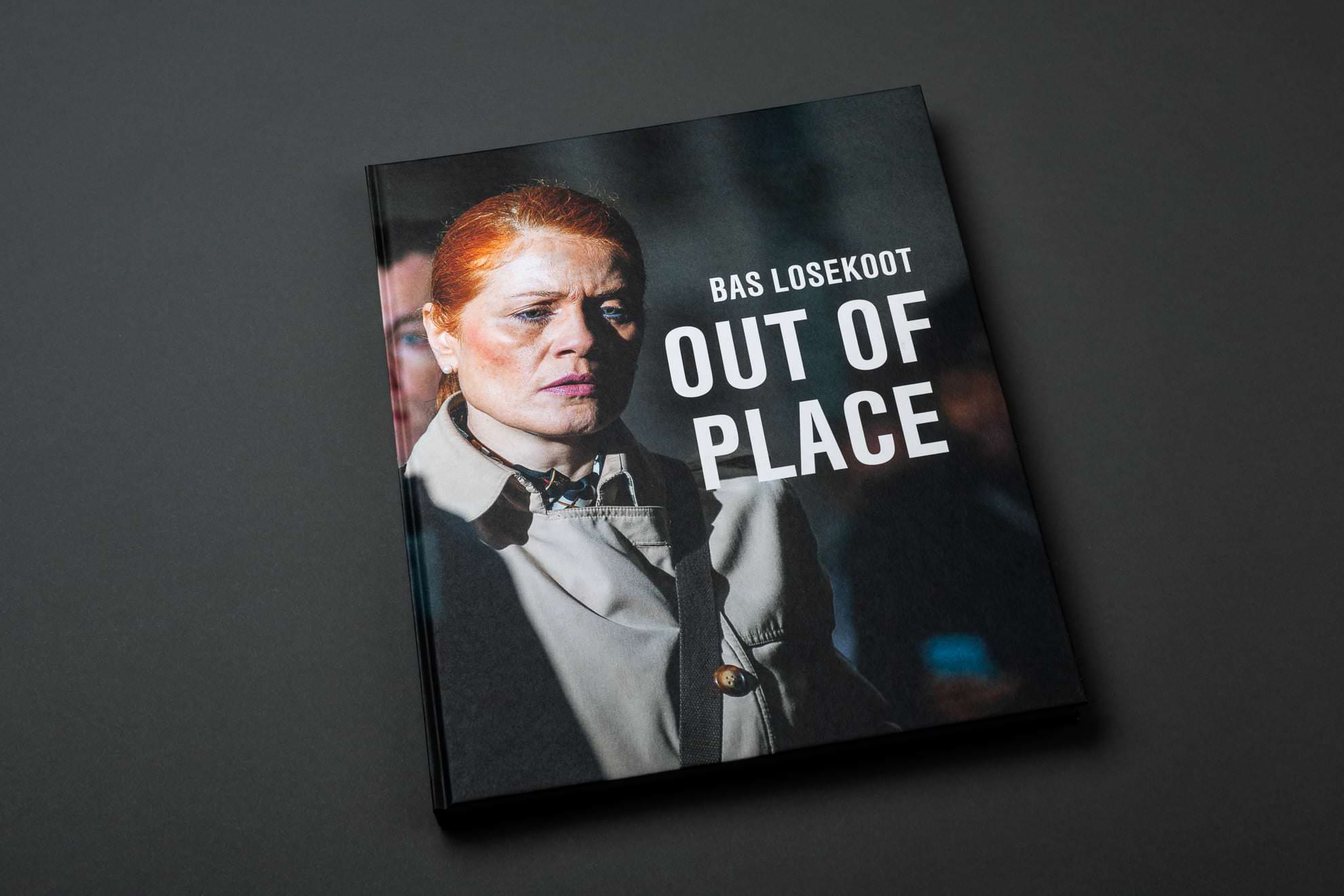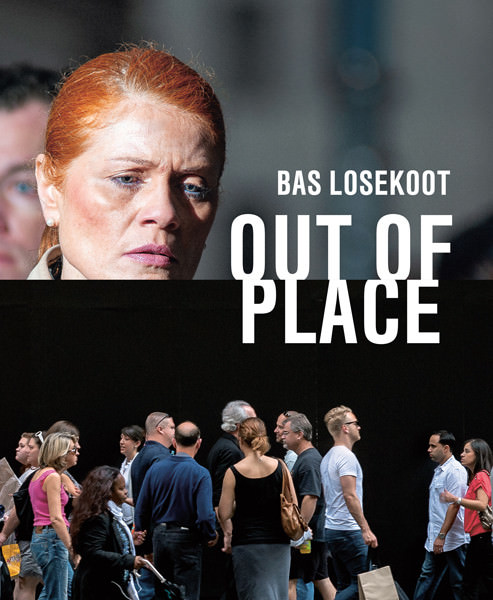Bas Losekoot: Out of Place
Out of Place is a photographic essay that provides insight into the psychological journey of street life in modern megacities. At the rise of the “Urban Millennium” Bas Losekoot embarked on a visual exploration, considering how population density affects human behavior. While placing his camera in the liminal spaces of the city, he addresses the state of in-between-ness of the modern urban experience. With an intuitive eye, he observes the “presentation of self” and “micro-second meetings” of everyday urban encounters.
By adding drama to the trivial, Losekoot is painting the theatre of the real-life, where small gestures become dramatic events.
The book includes photography from the cities of New York, São Paulo, Seoul, Mumbai, Hong Kong, London, Lagos, Istanbul, and Mexico City. Renowned photobook designer Teun van der Heijden translated the project into an extraordinary book. The design emphasizes the cinematic quality of the photographic series. It is structured with different page formats and positions, that mimic the stratification of life in modern megacities.
The texts are remarkable contributions to the photographic series. The foreword is written by design and architecture critic Hugo Macdonald. He delivered a beautiful essay named “The paradox of Living in the City” in which he eloquently raises the question: What does it mean to be human in the city?
“Living in cities is to accept a life of paradox. We are physically squashed but emotionally distant. We are sick of people, but we are achingly lonely. (…) This is all to see in Losekoot’s faces, which reveal this paradoxical state with such disarming precision. The calm and the chaos, the beauty and the terror, the comedy and the tragedy, the depths of a soul from an urban life captured in a single frame.” – Hugo Macdonald
Along with the photographic series, there are three mini film scripts written by film producer, scriptwriter, and thriller author Kasper van Beek.
As an epilogue, an interesting conversation with sociologist, urbanist, photographer, and filmmaker Paul Halliday.
The discussion is about the main themes of the project relating to sociology, anthropology, and environmental psychology, such as rhythm, proximity, and mobilities. As well as feelings that we all recognize when we enter the public domain, such as alienation, isolation, and loneliness.
About the Author
Bas Losekoot is an artist and photographer concerned with socio-economic issues in cities around the world. Working with cinematic apparatus, he is challenging our understanding of reality in everyday city-life as well as the limited narrative potential of representations of truth in documentary photography.
His practice combines concepts of sociology and urban theory. He holds a BA in Fine Art Photography from the Royal Academy of the Arts in The Hague and recently graduated with an MA in Photography and Urban Cultures at Goldsmiths, University of London. His work has been exhibited in galleries, museums, and festivals including BOZAR Brussels, JIMEI x Arles, Kaunas Photography Gallery, Villa Pérochon Photographic Art Centre, FotoIstanbul, LagosPhoto, Unseen Amsterdam, and published widely in international media.
“Bas Losekoot created photographs with a heightened sense of drama that freezes moments of movement, halting the frenetic pace of passing inhabitants in megacities. His project also explores how counterintuitive, the commute can be a time for introspection and psychologically divorced from reality.” – Ruby Goldberg/The New Yorker.
“Exploring the dynamics of the streets; capturing a moment in time that you can delve into and resonate with on a very human level. Losekoot asks thoughtful questions of society by holding up a mirror and inviting honest examination.” – Lyric Lewin/CNN Editions.

